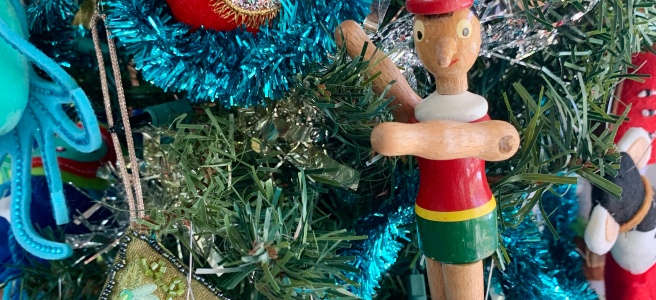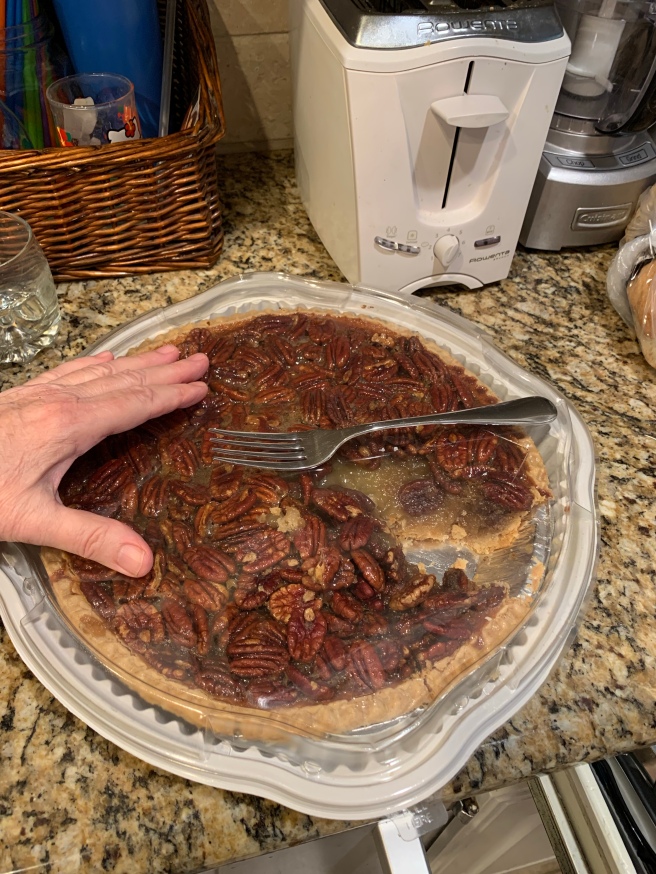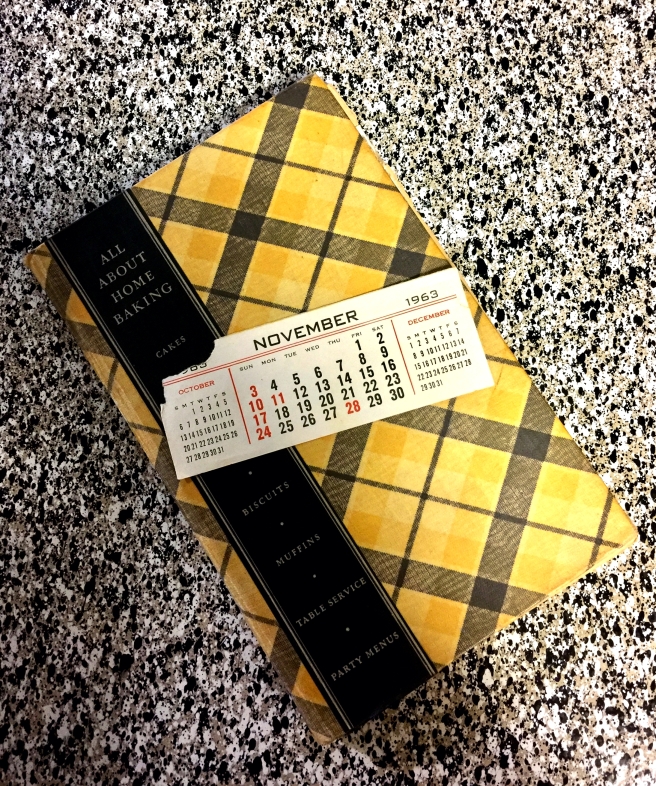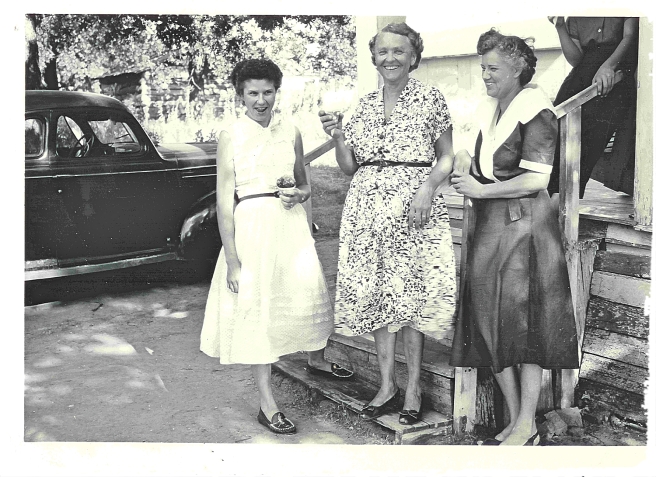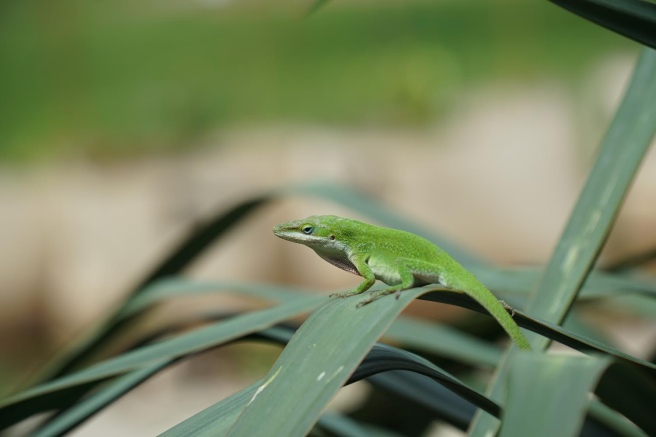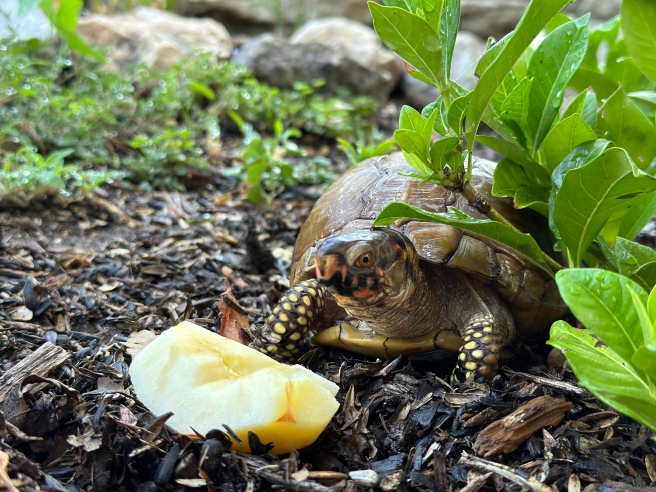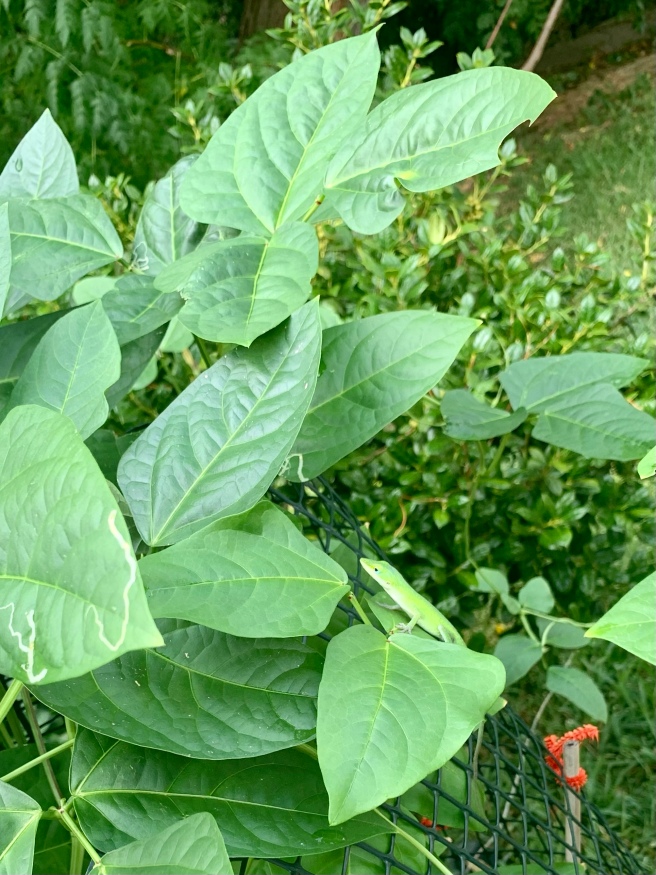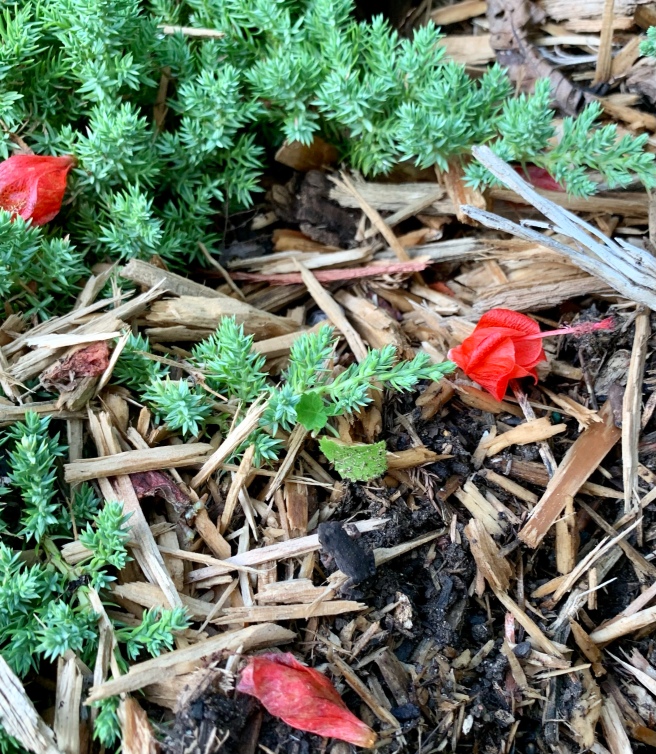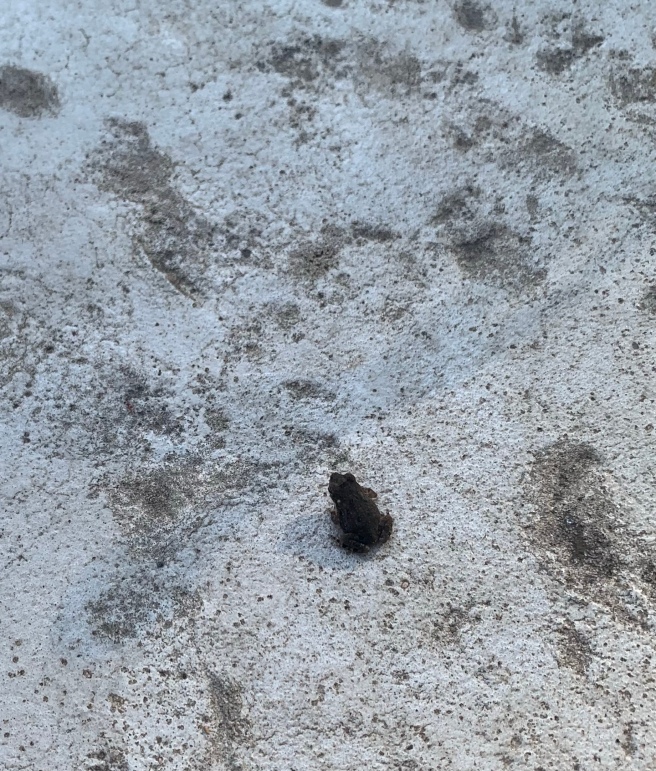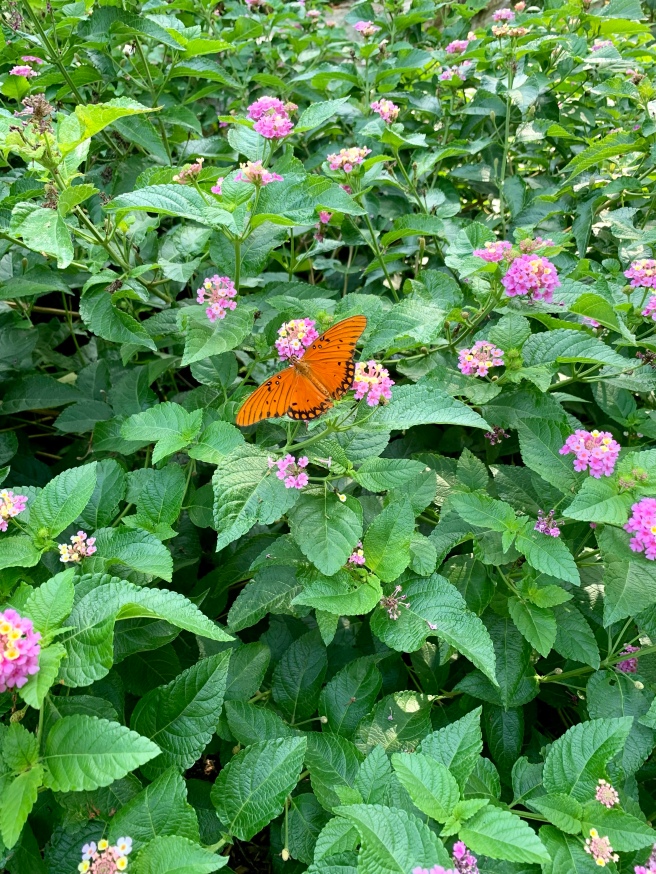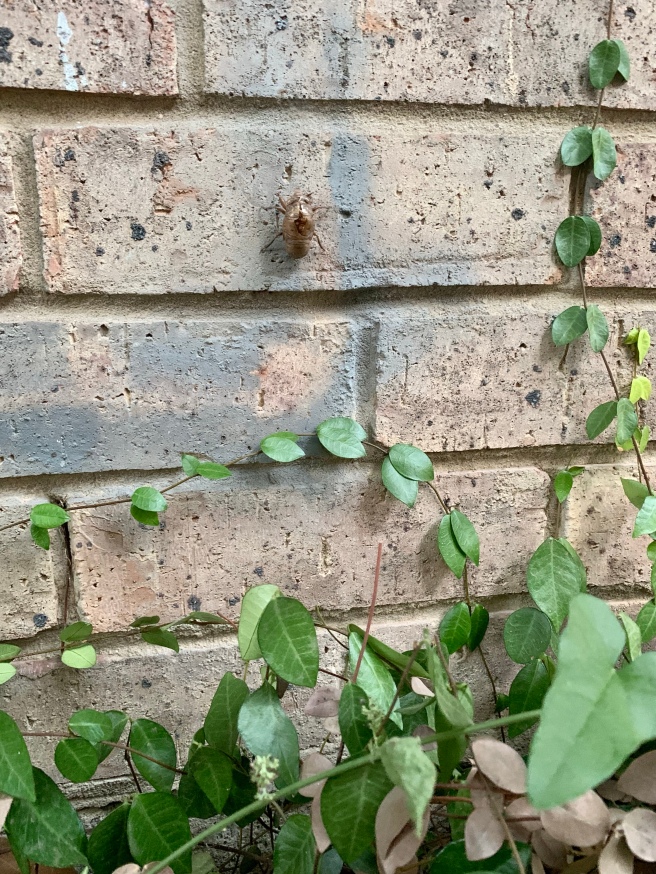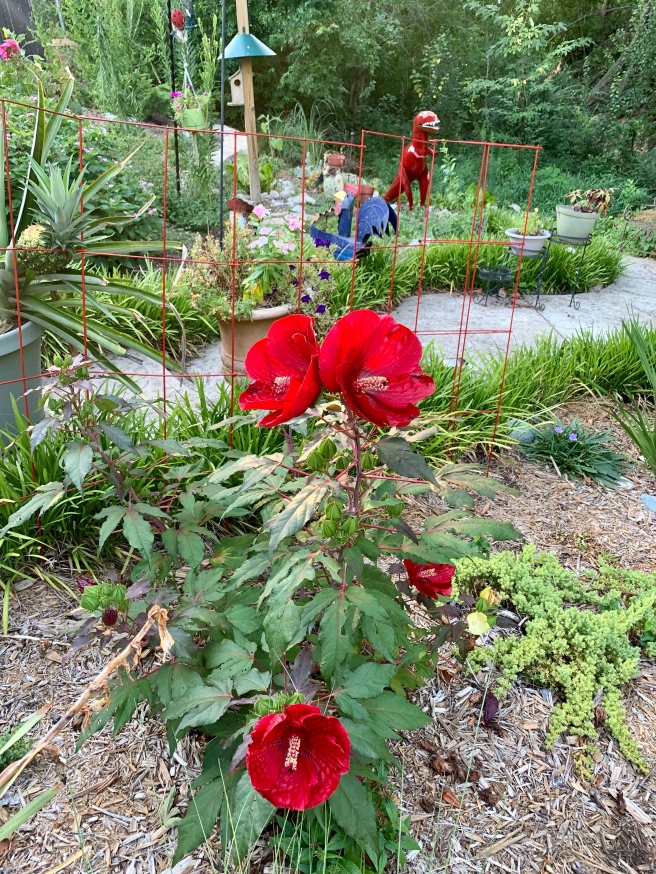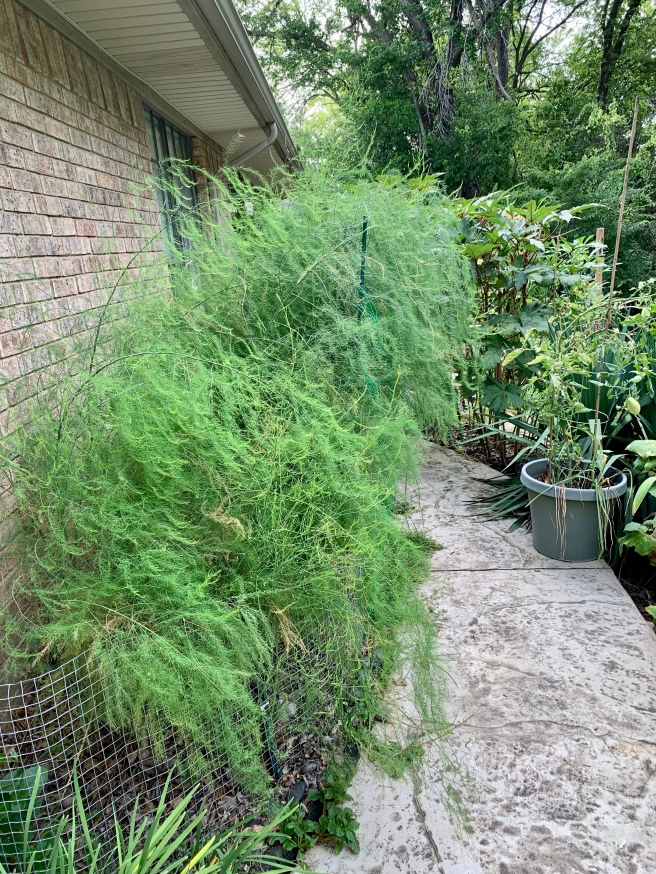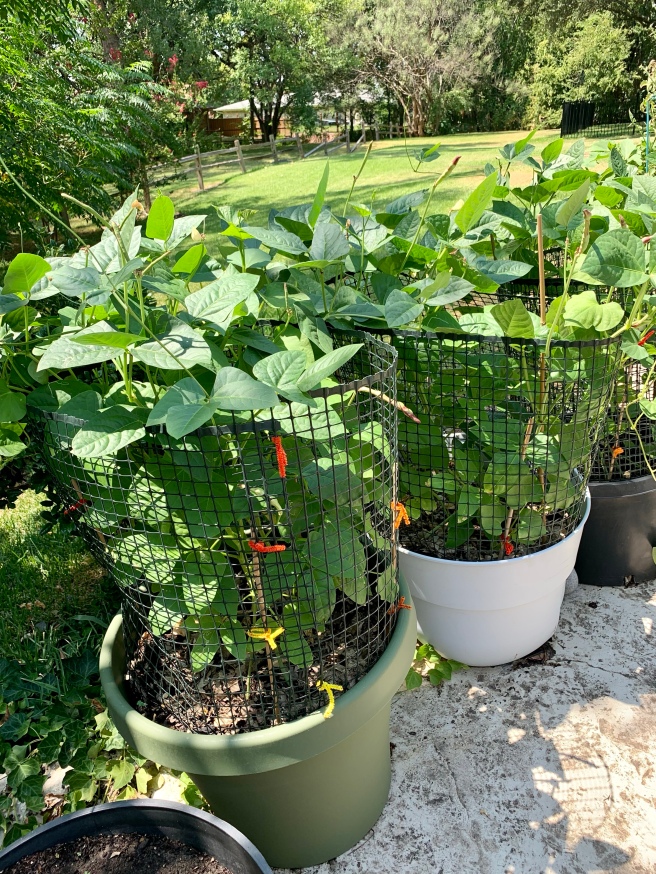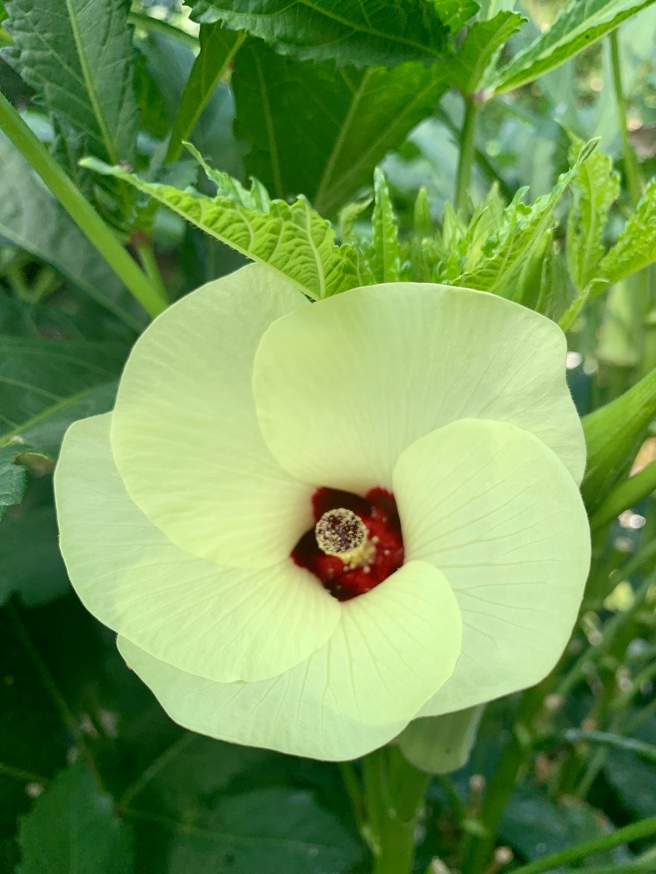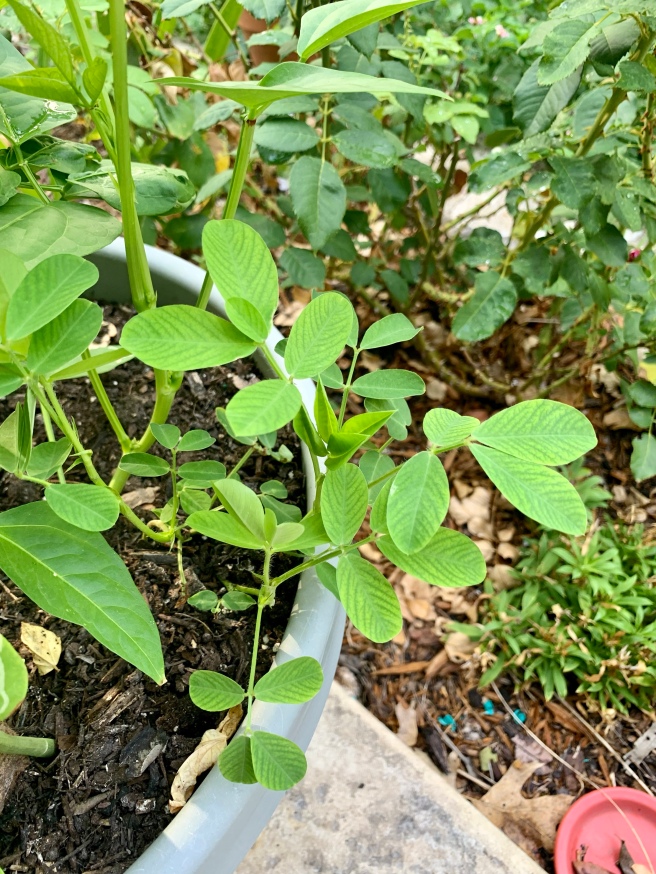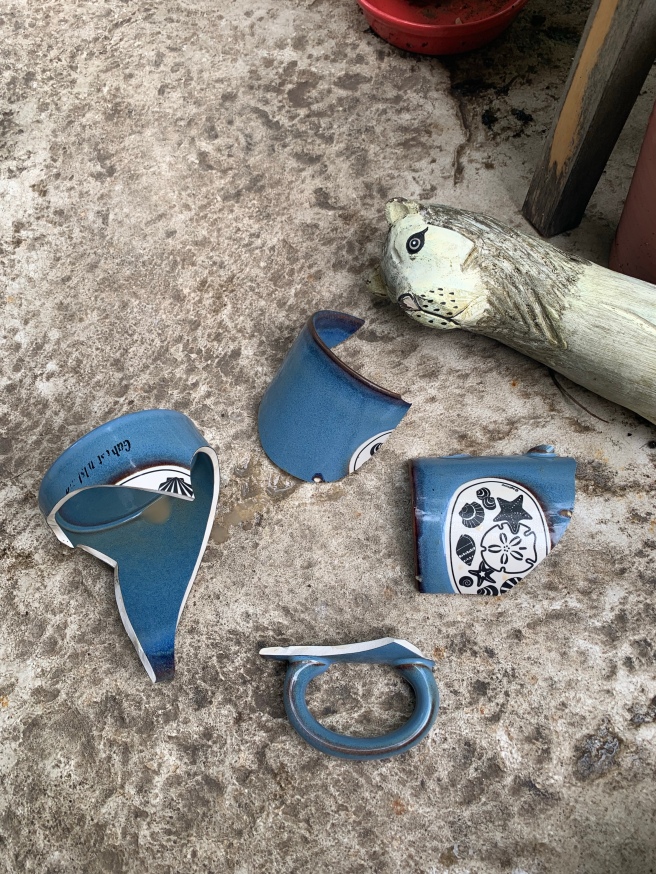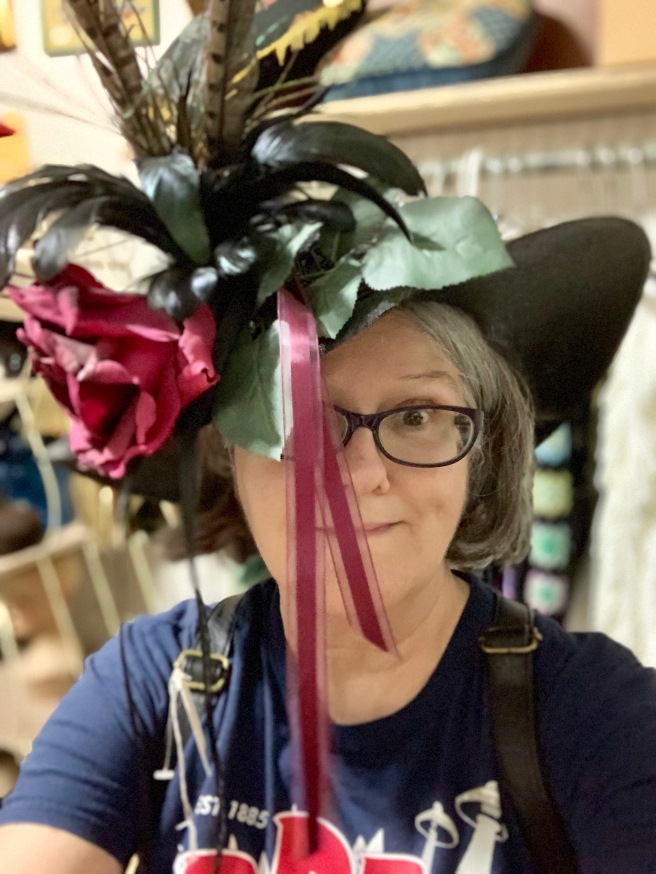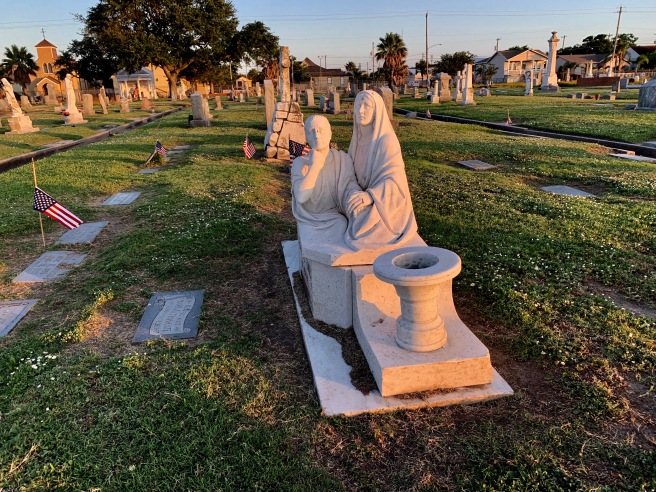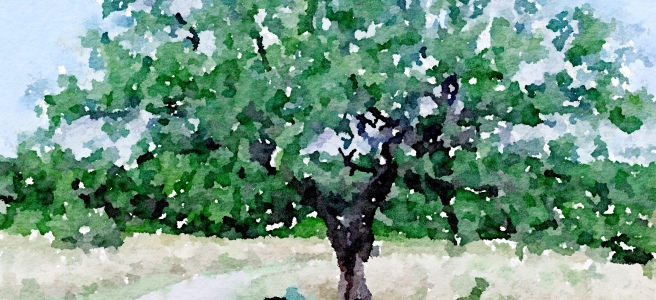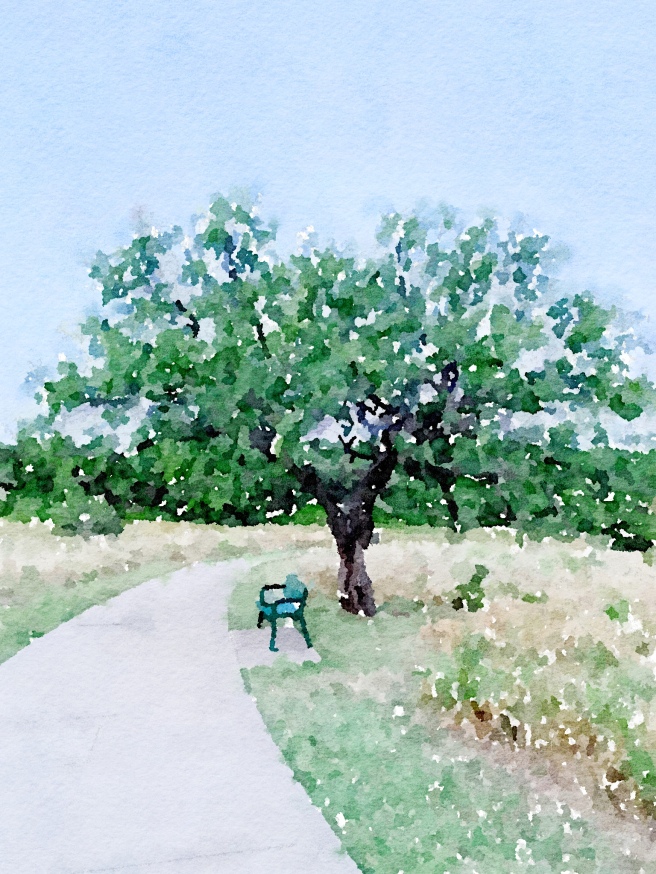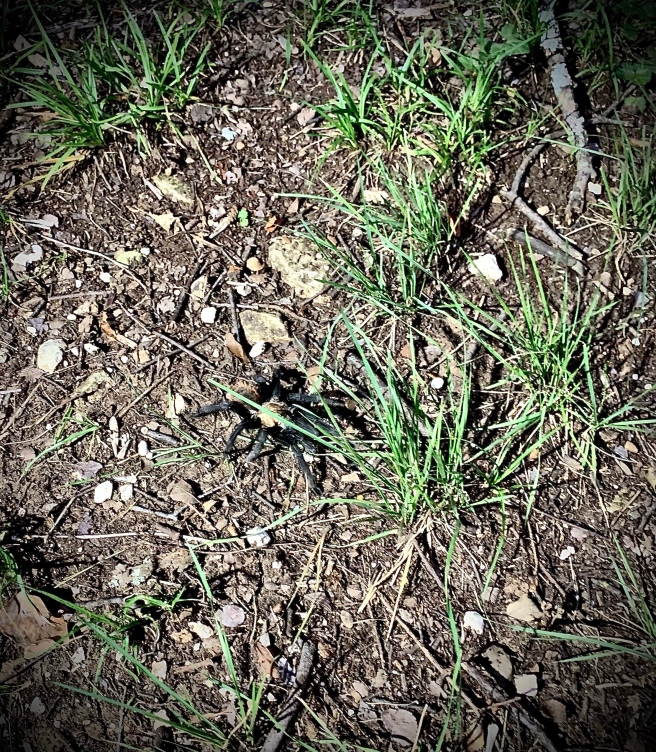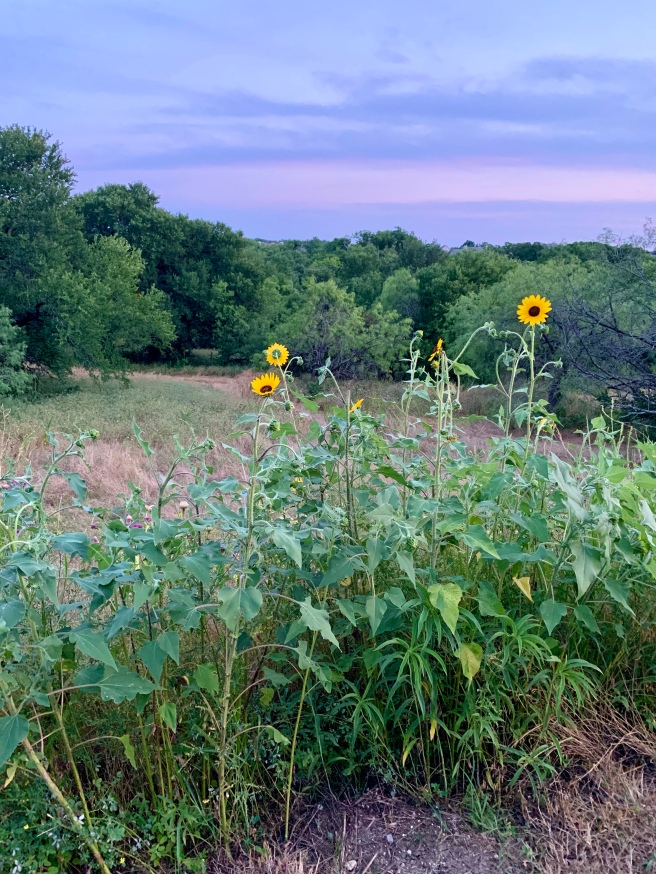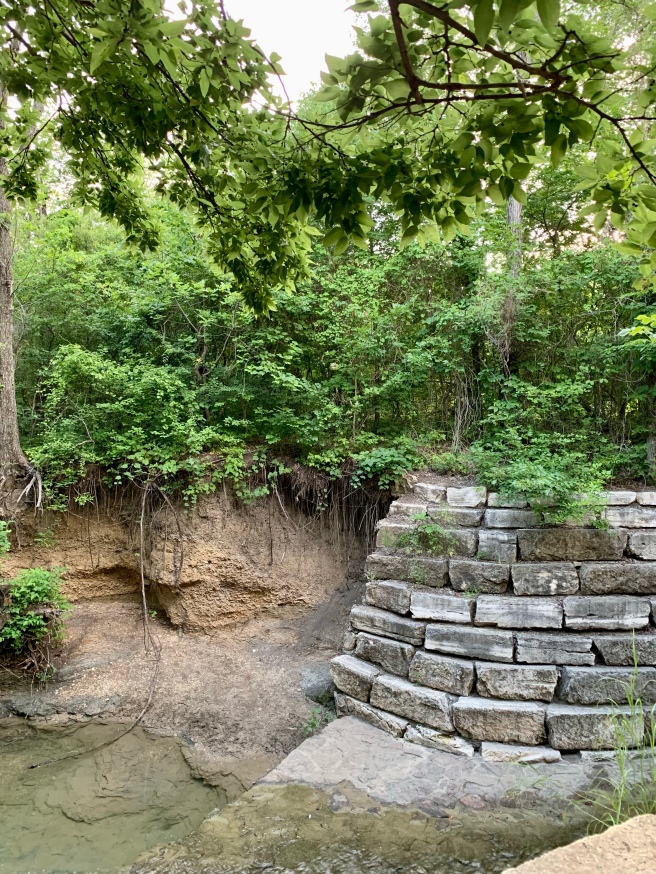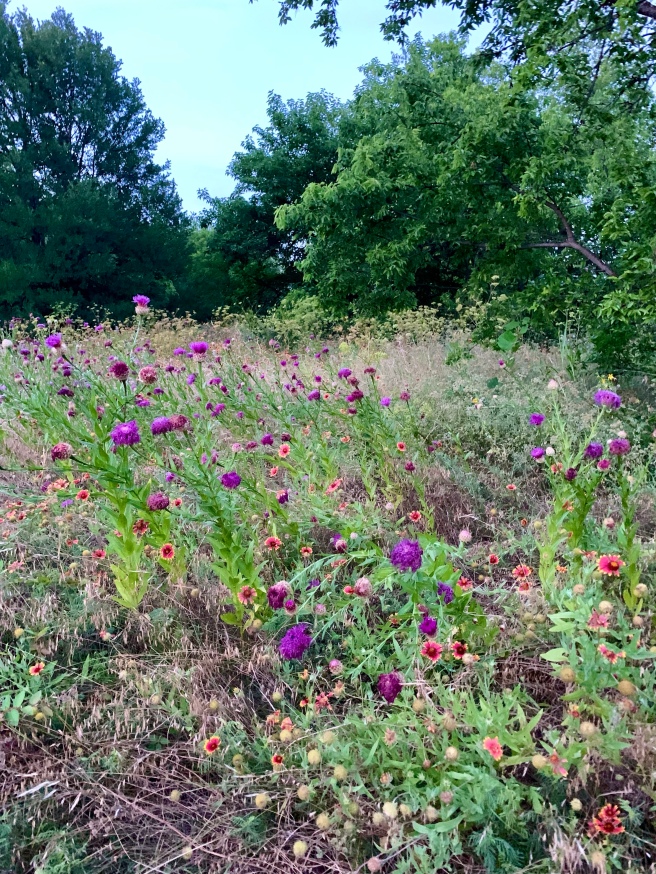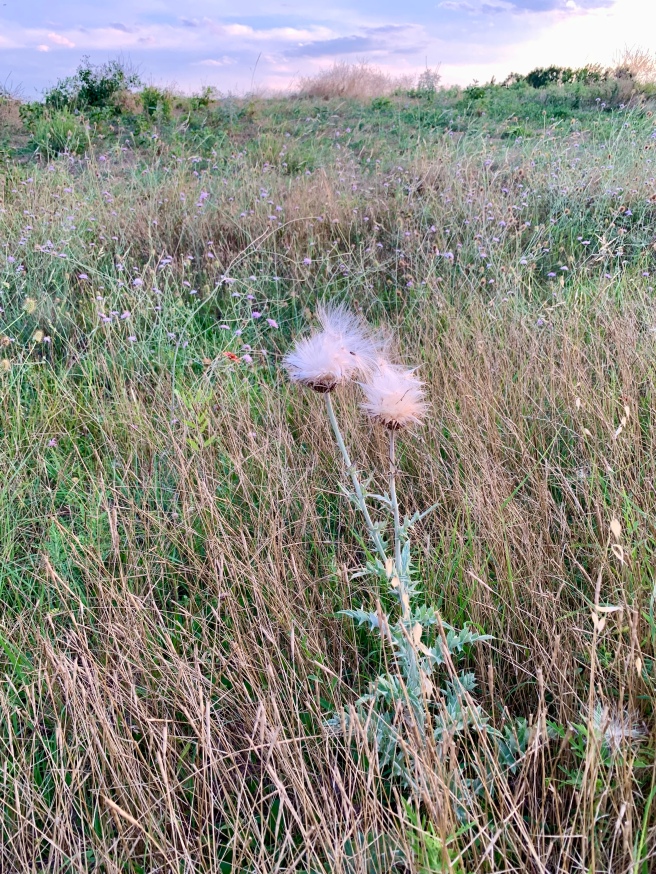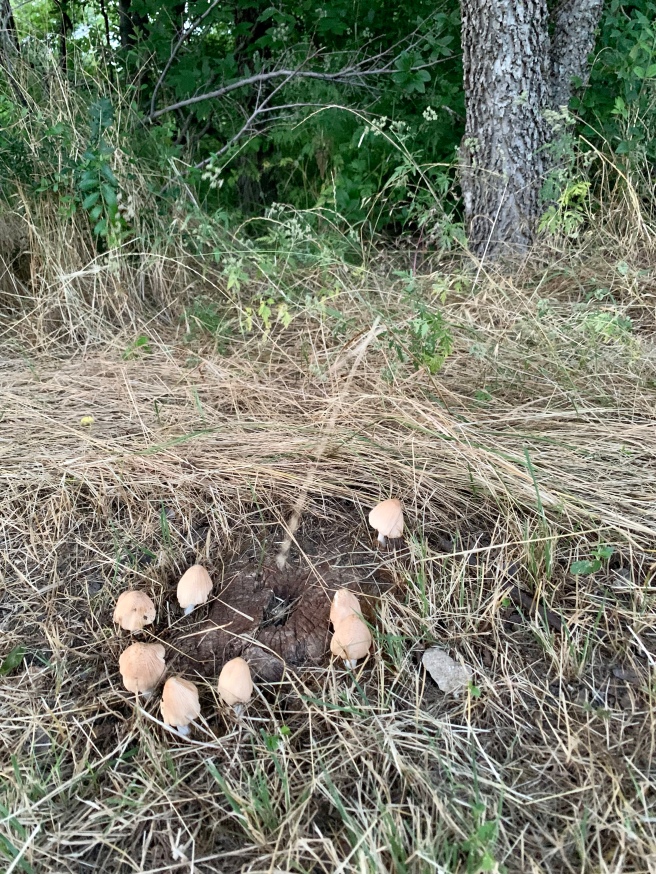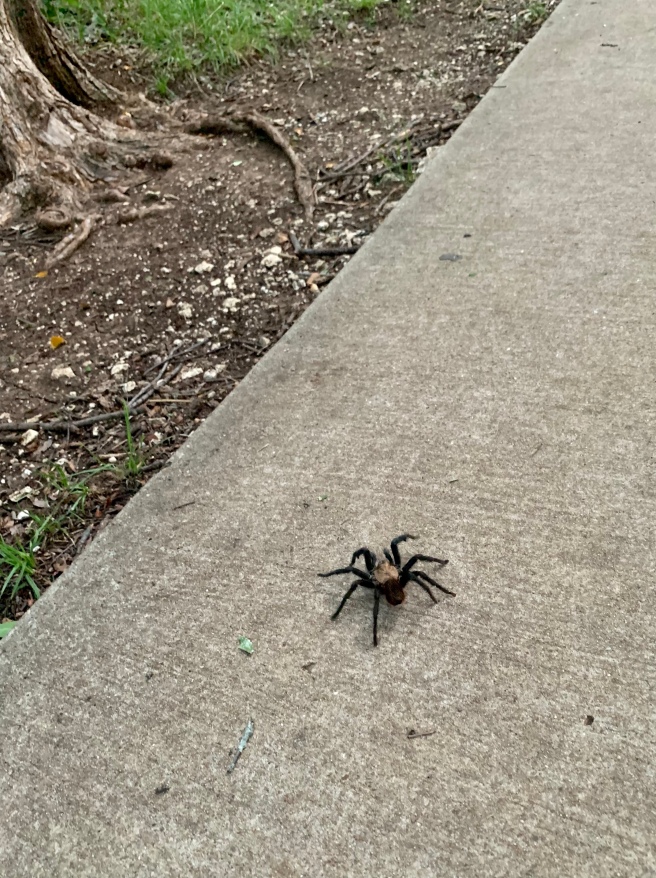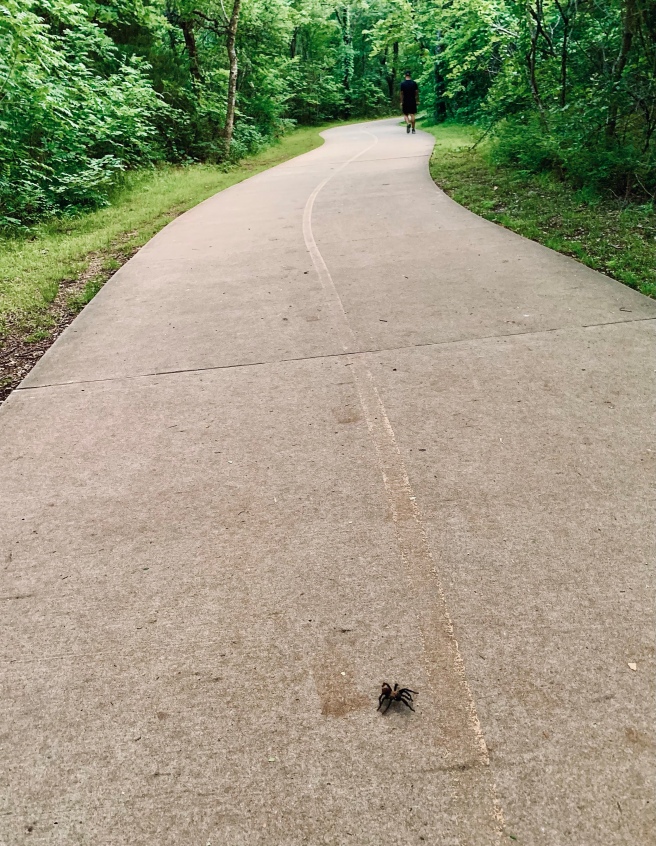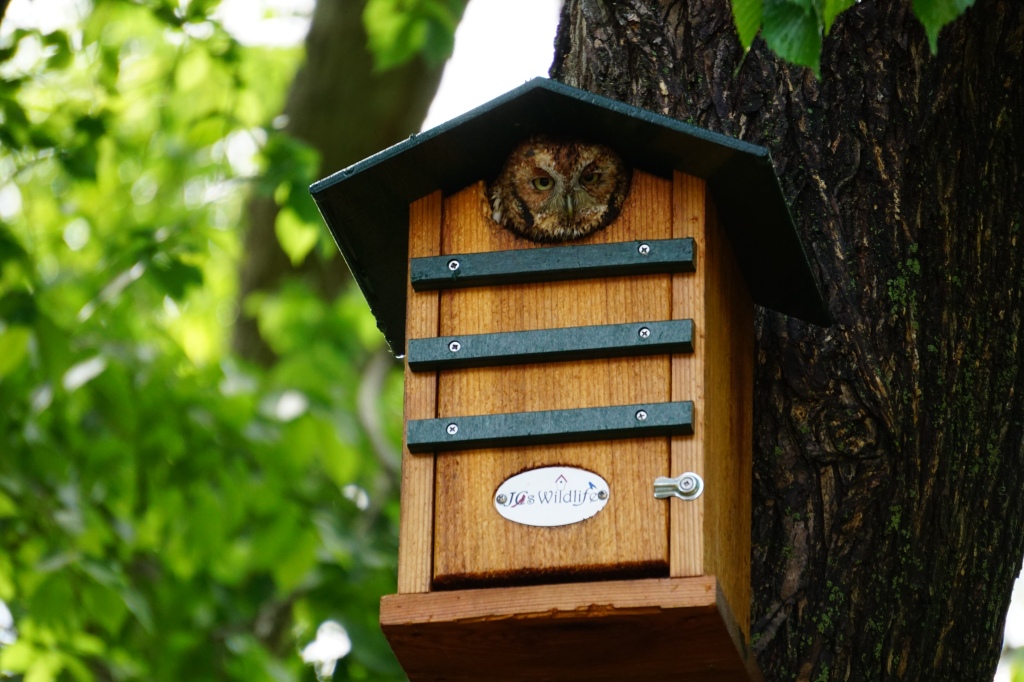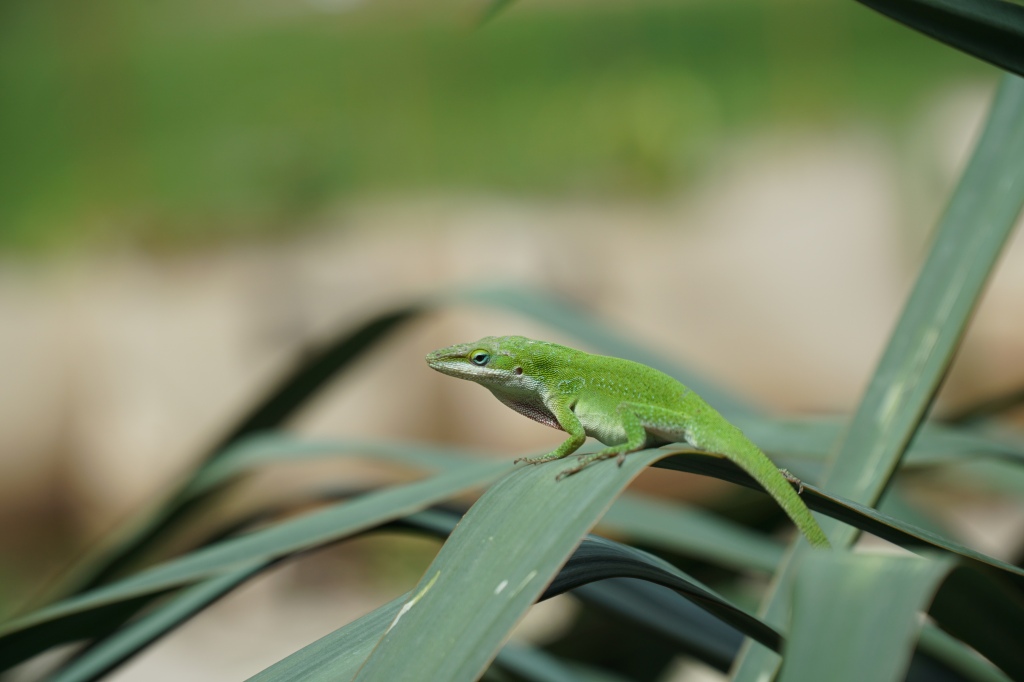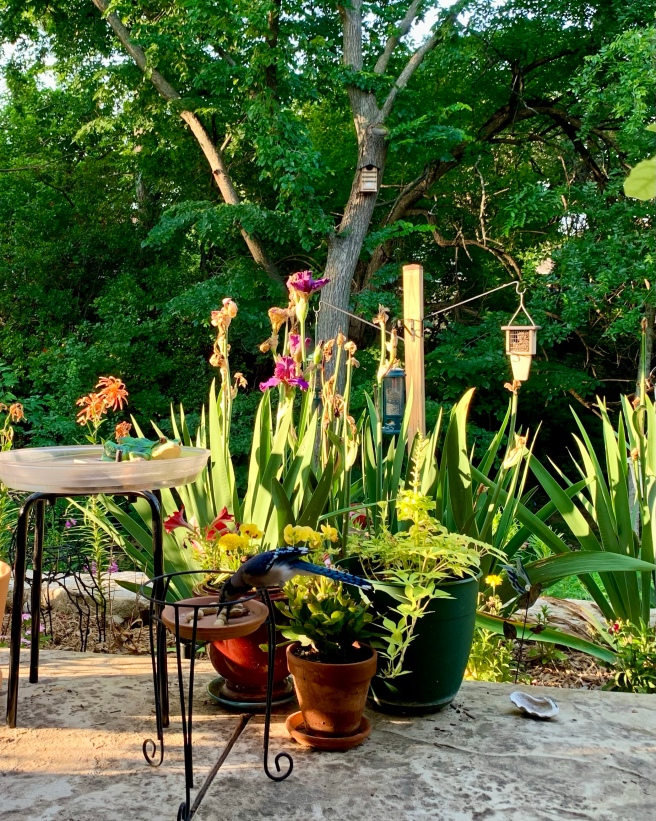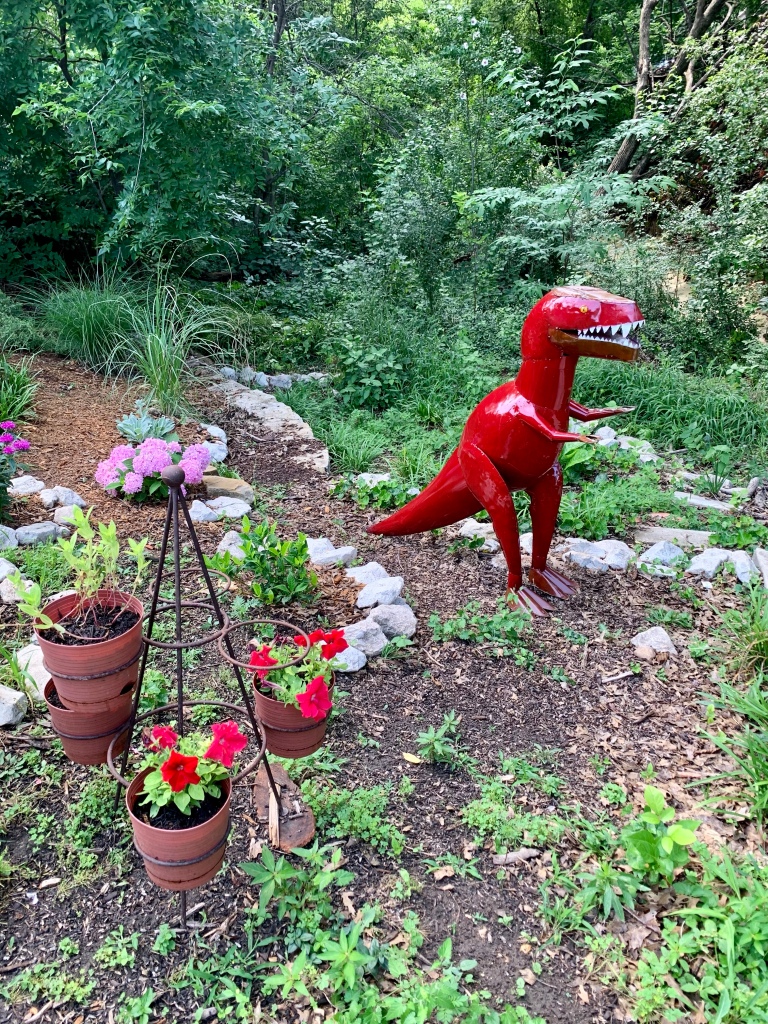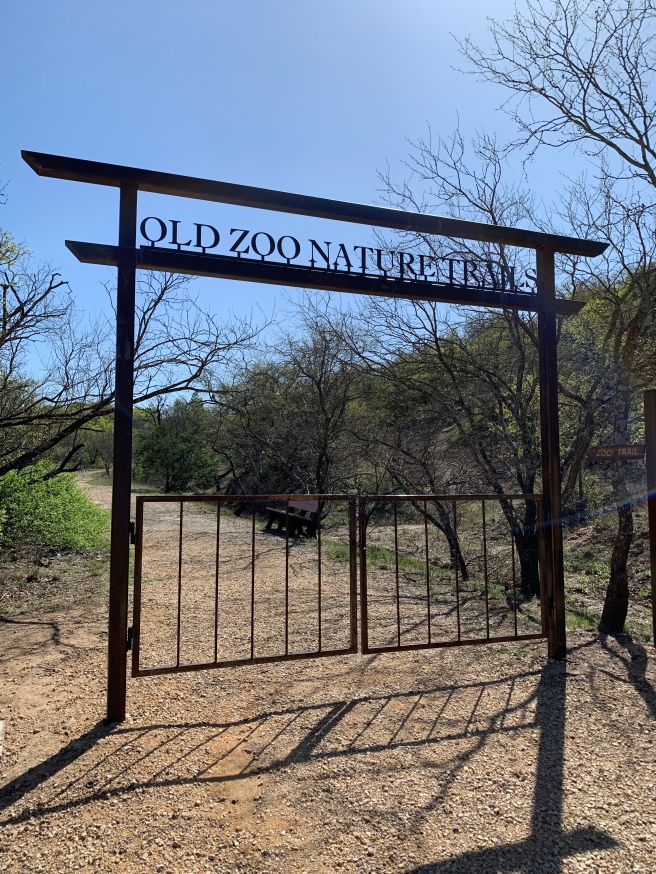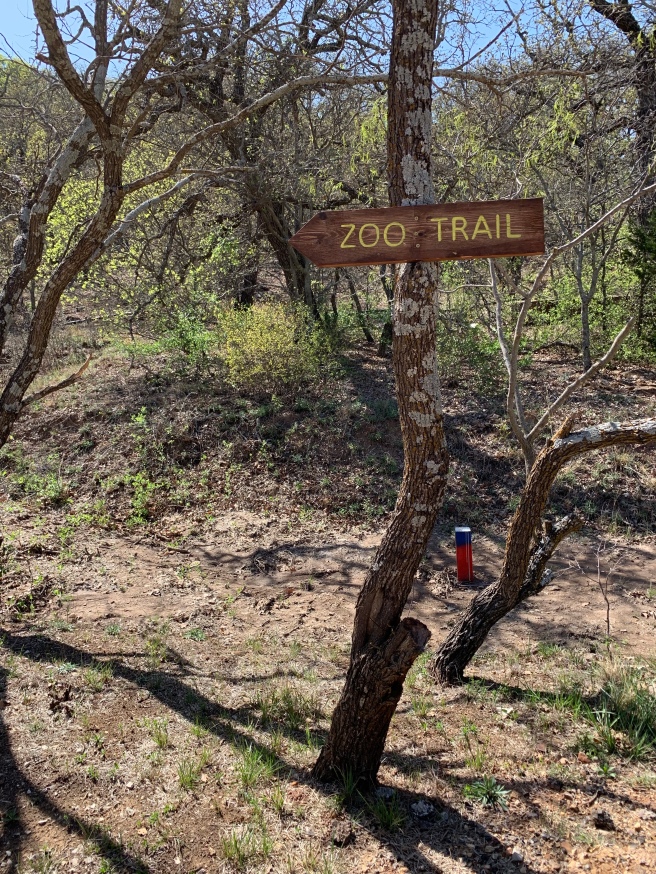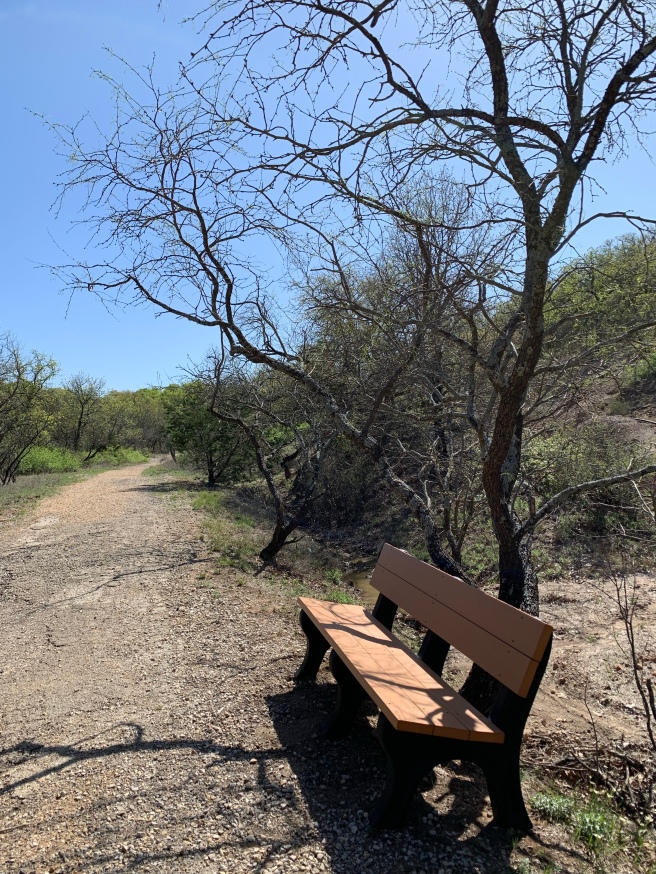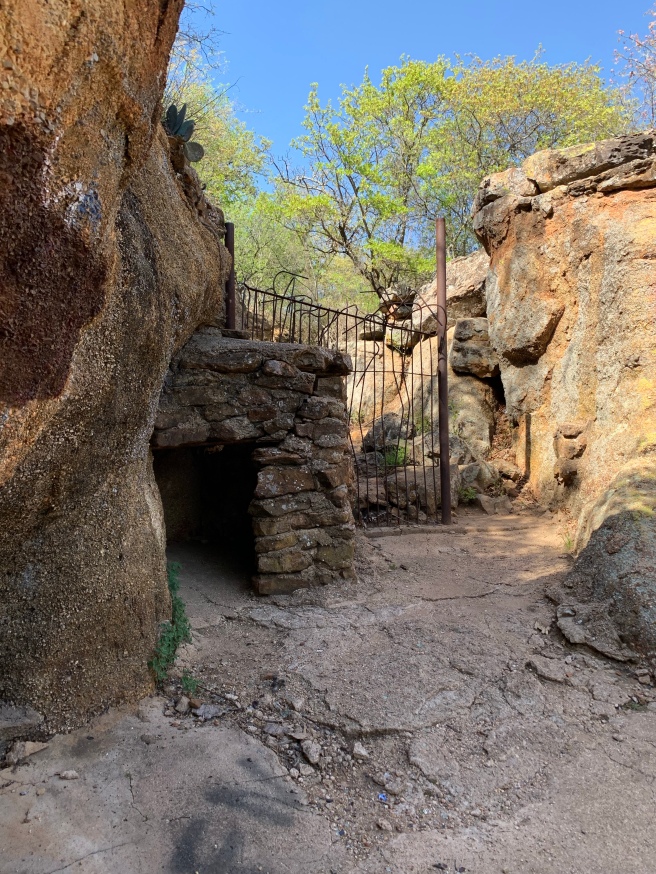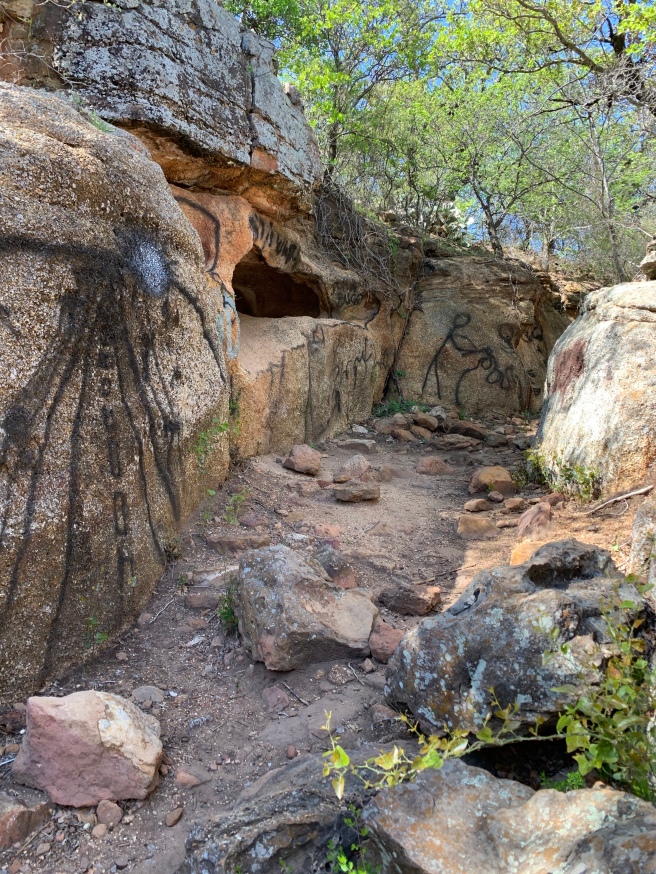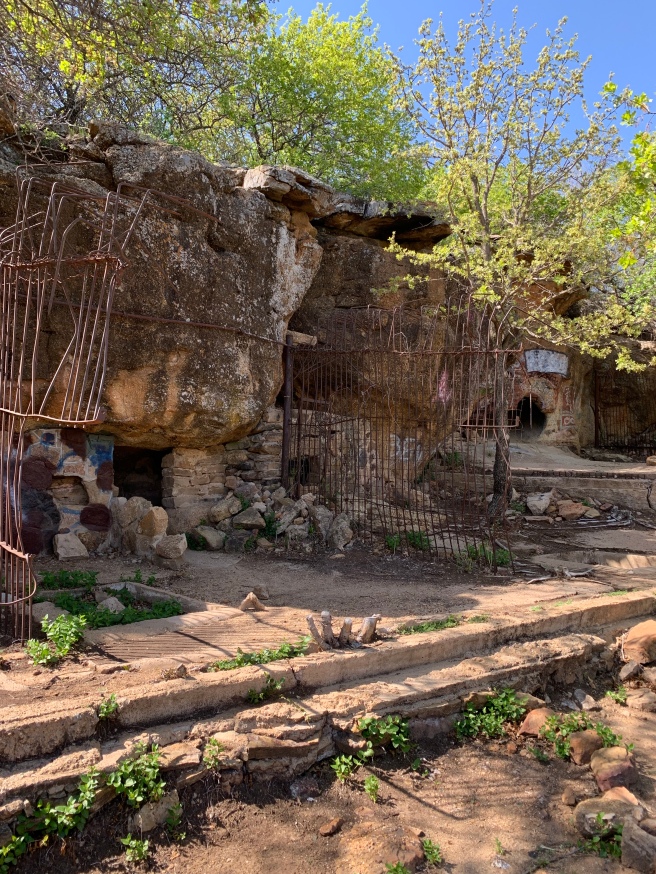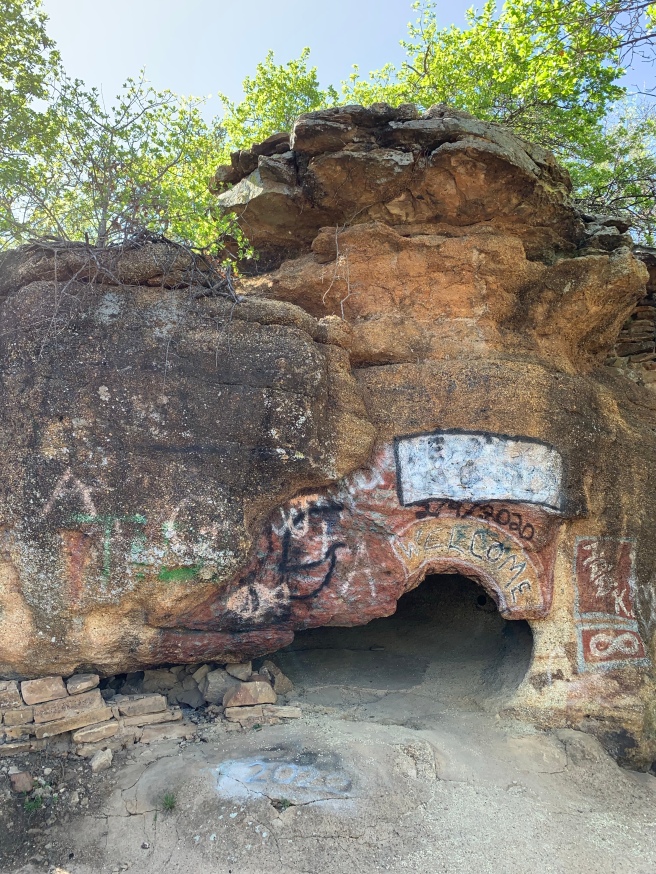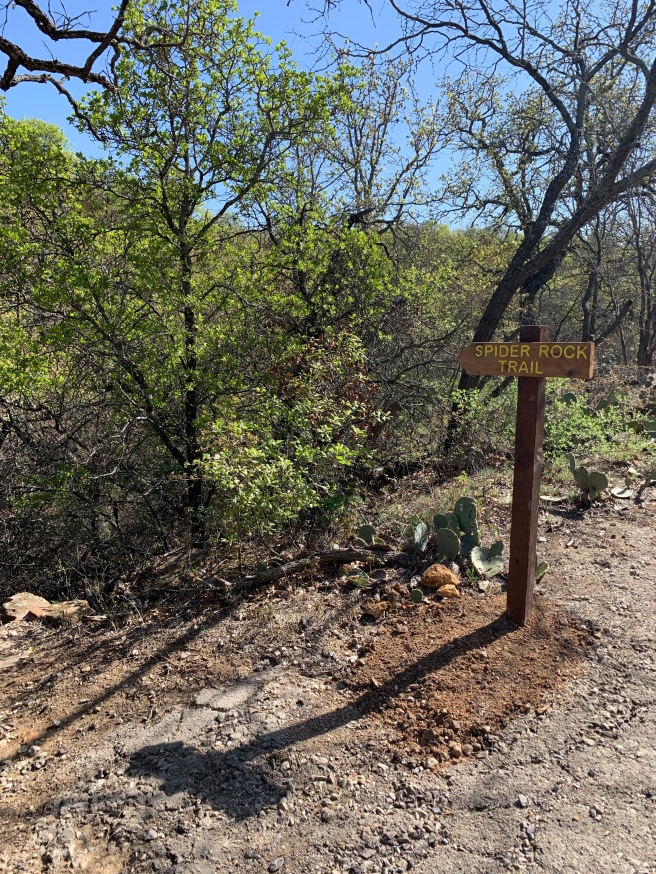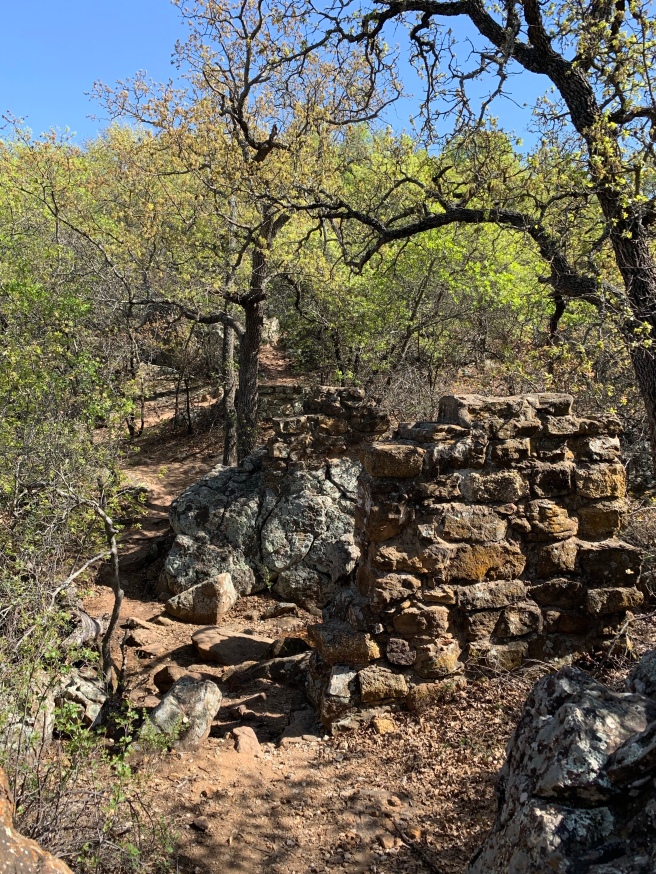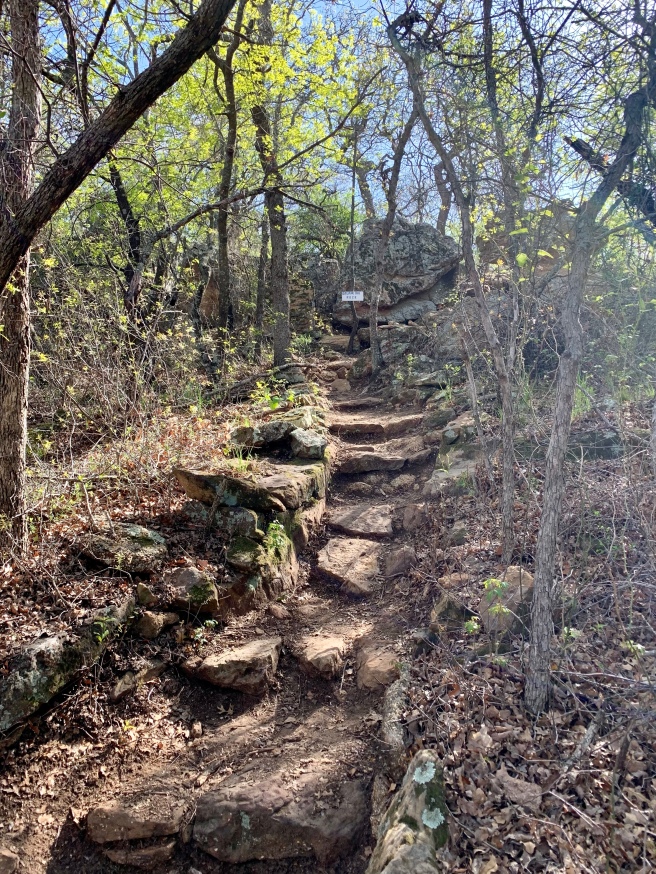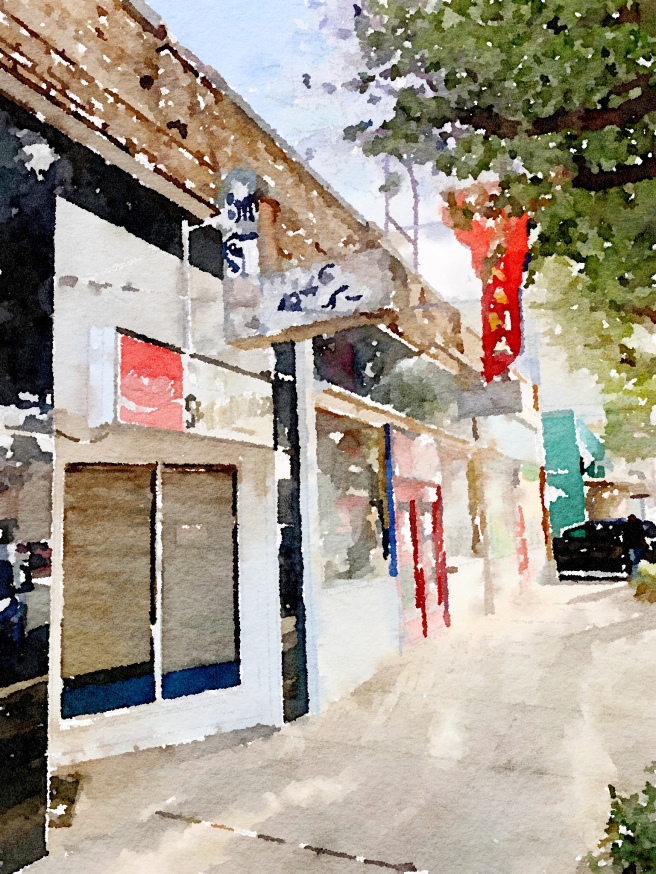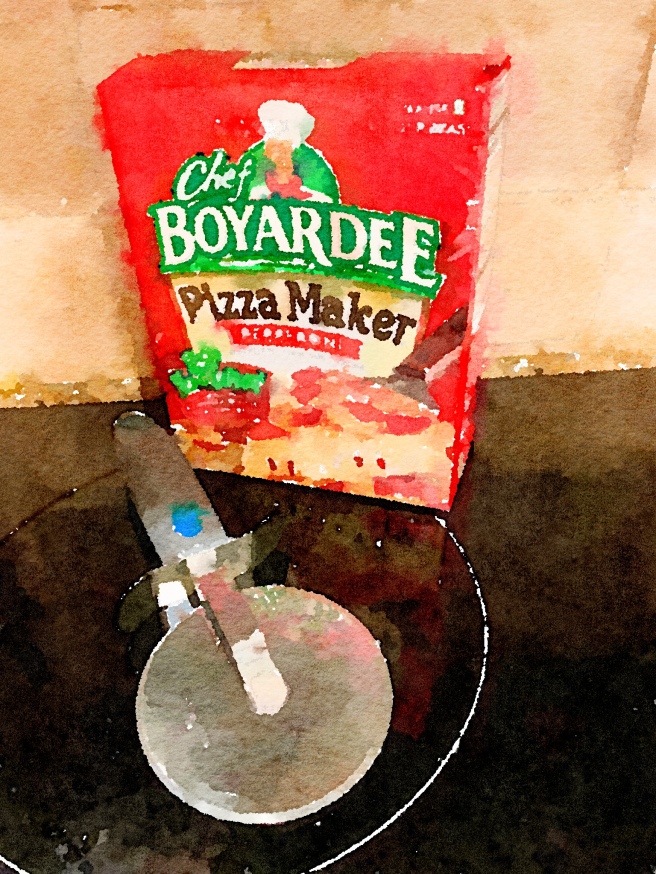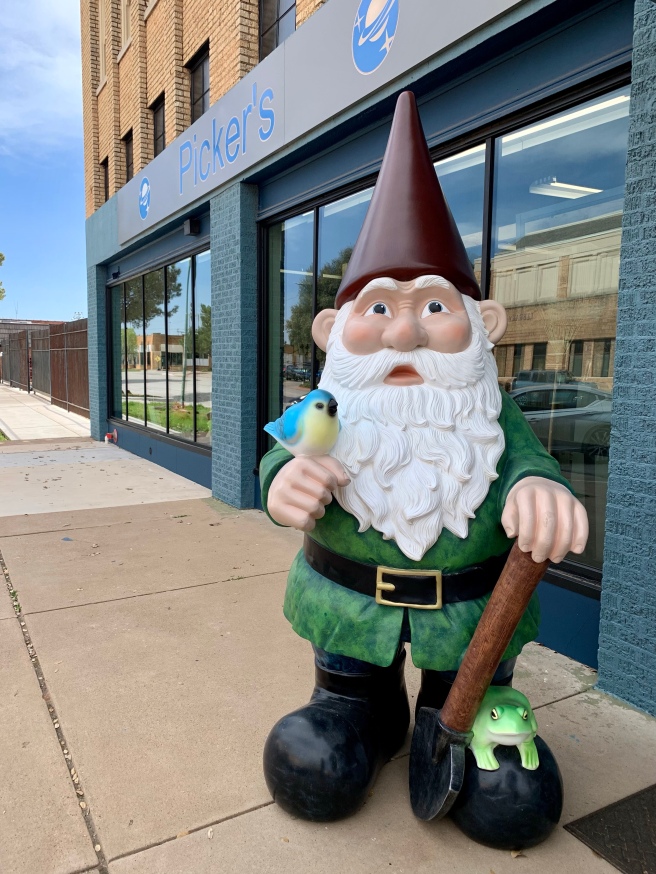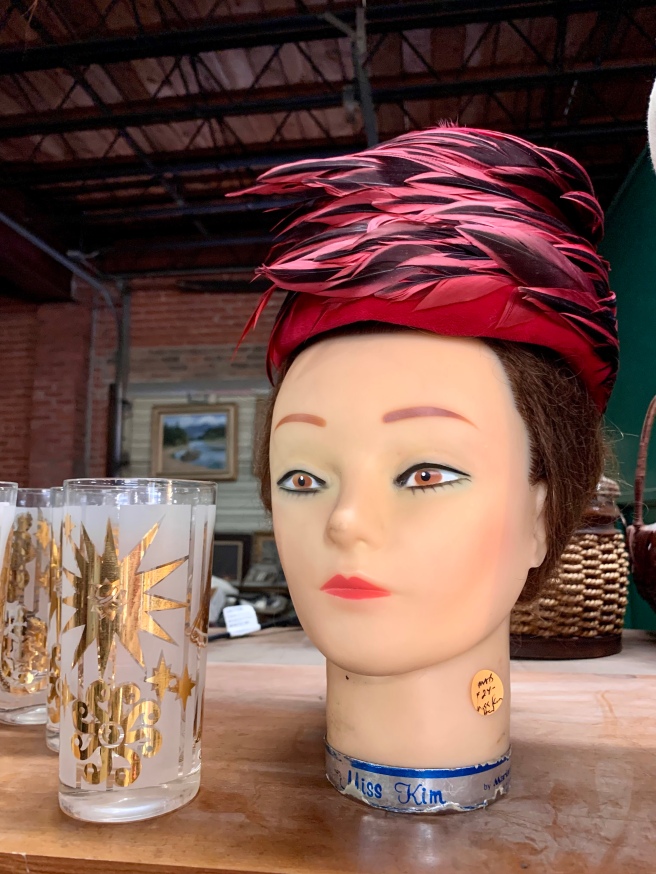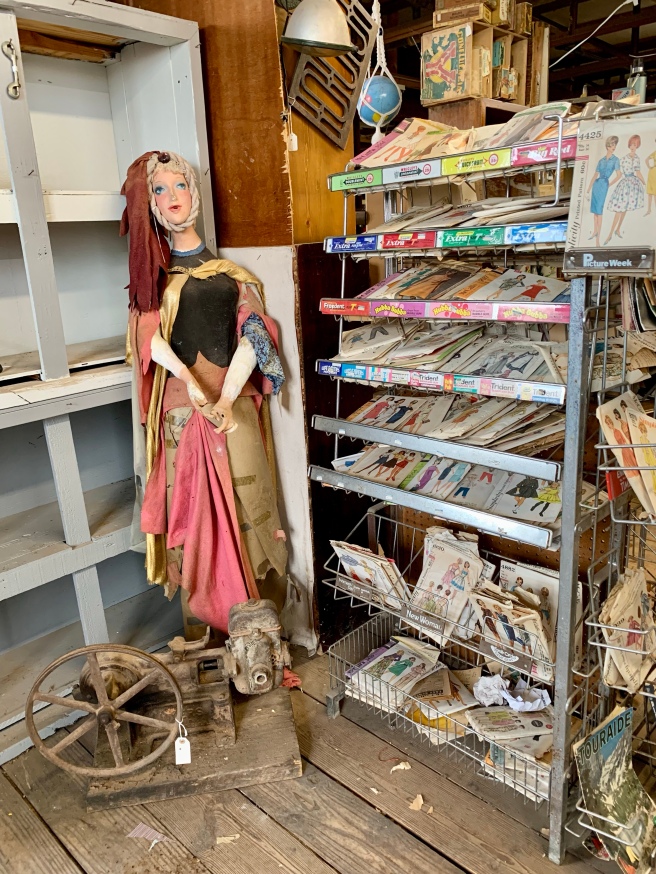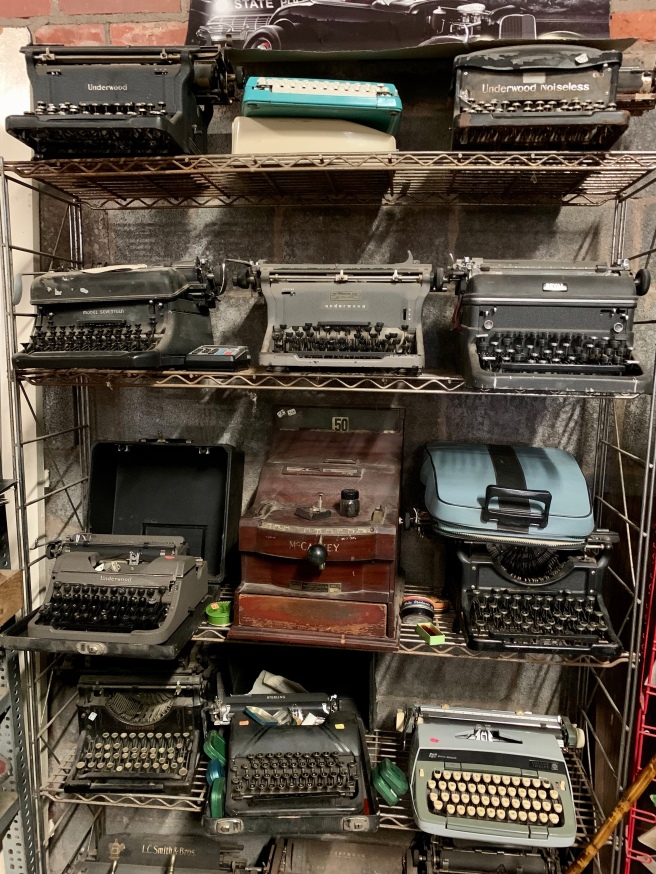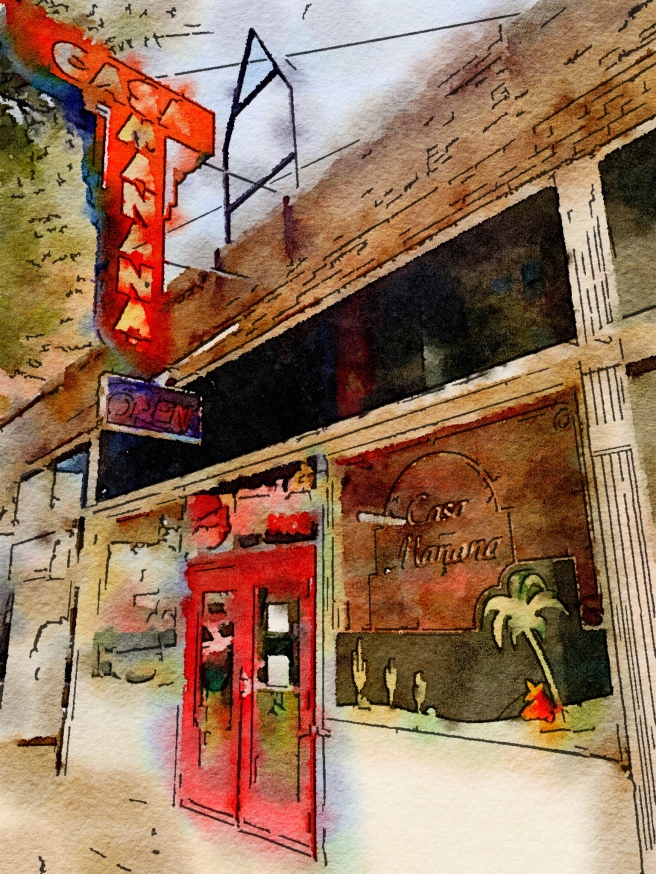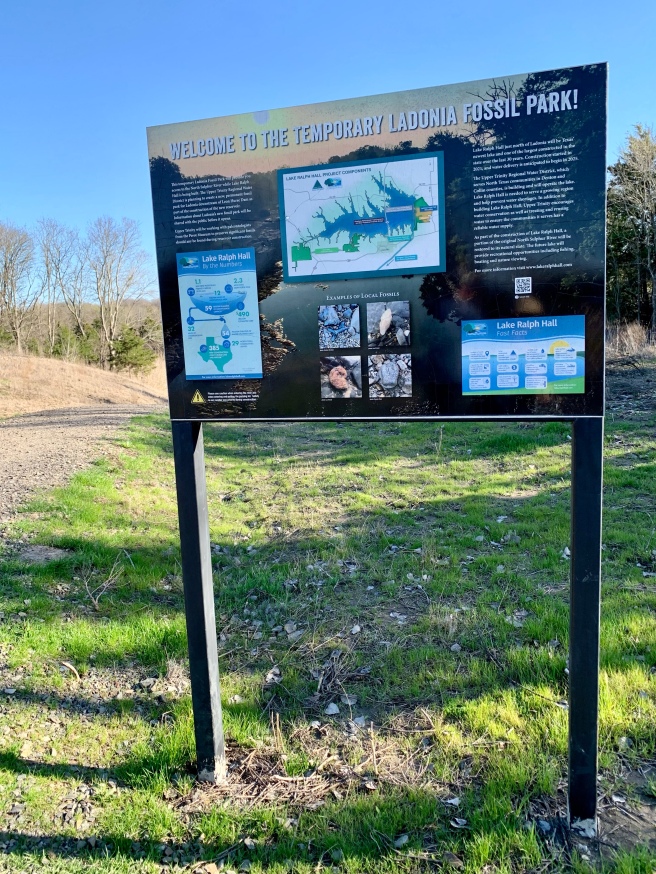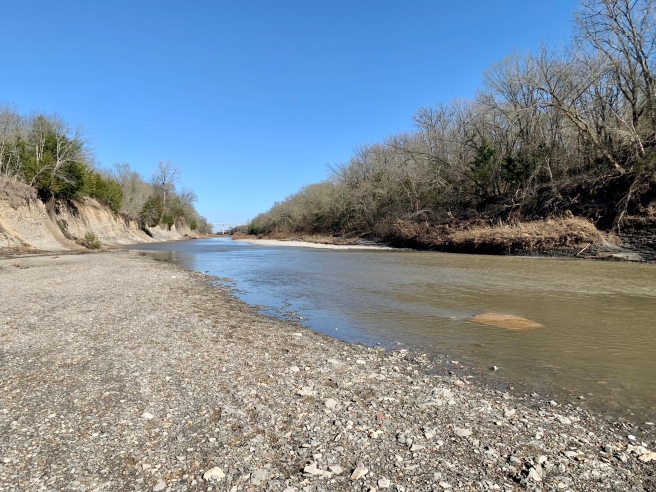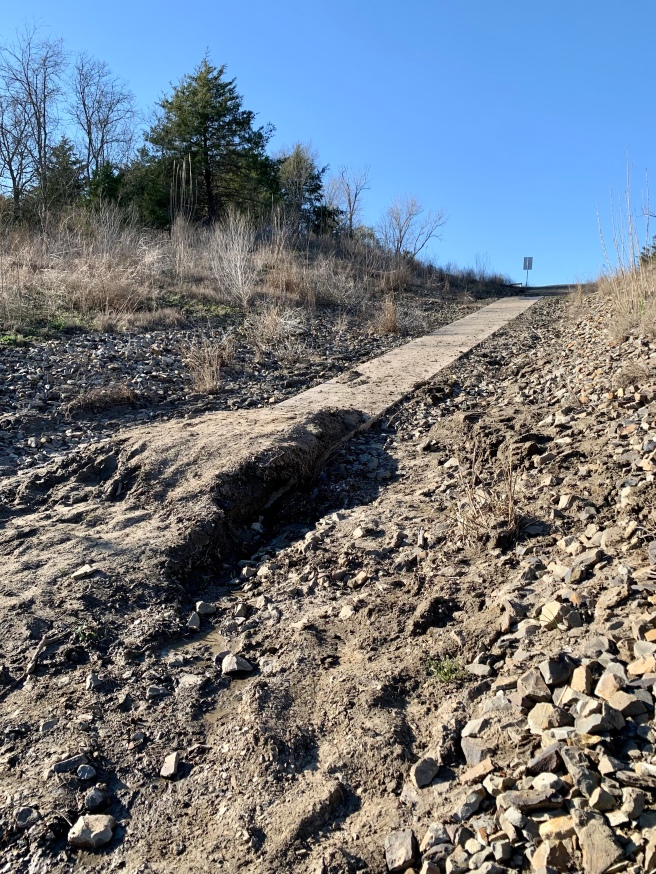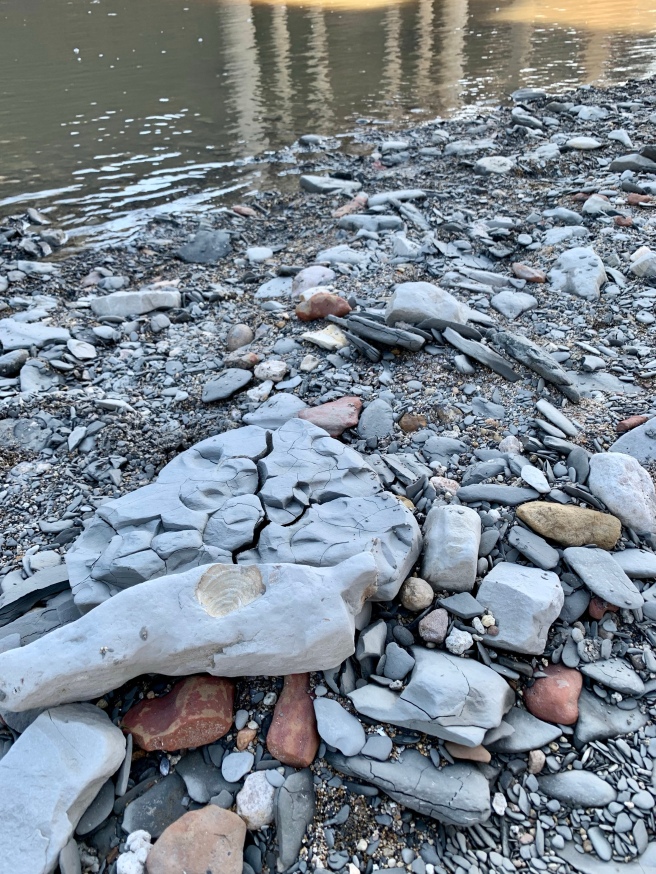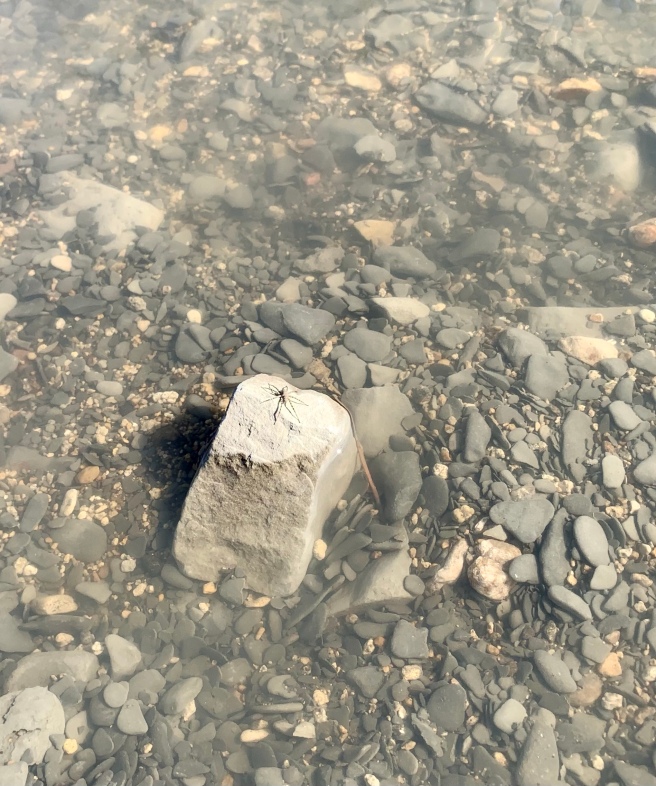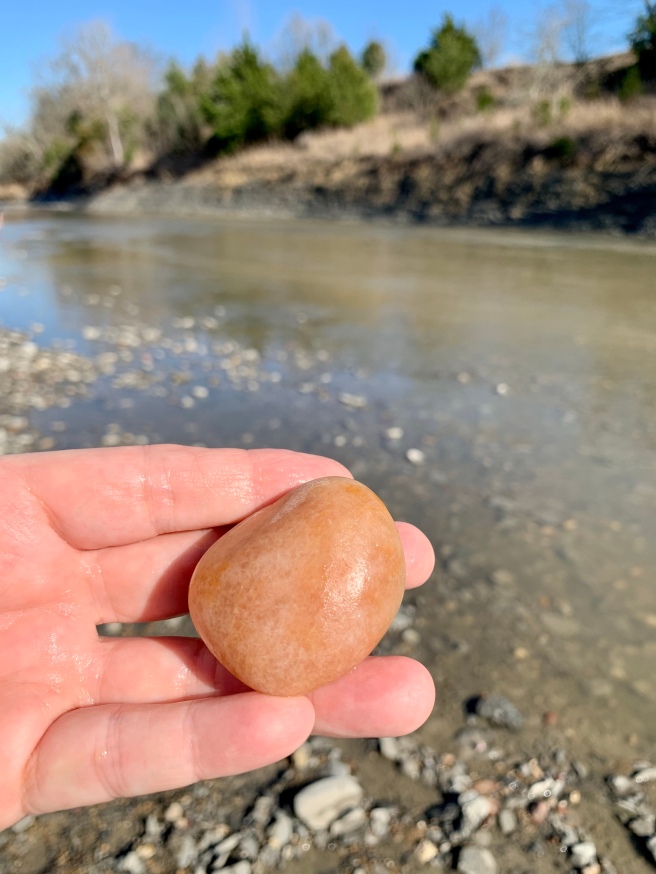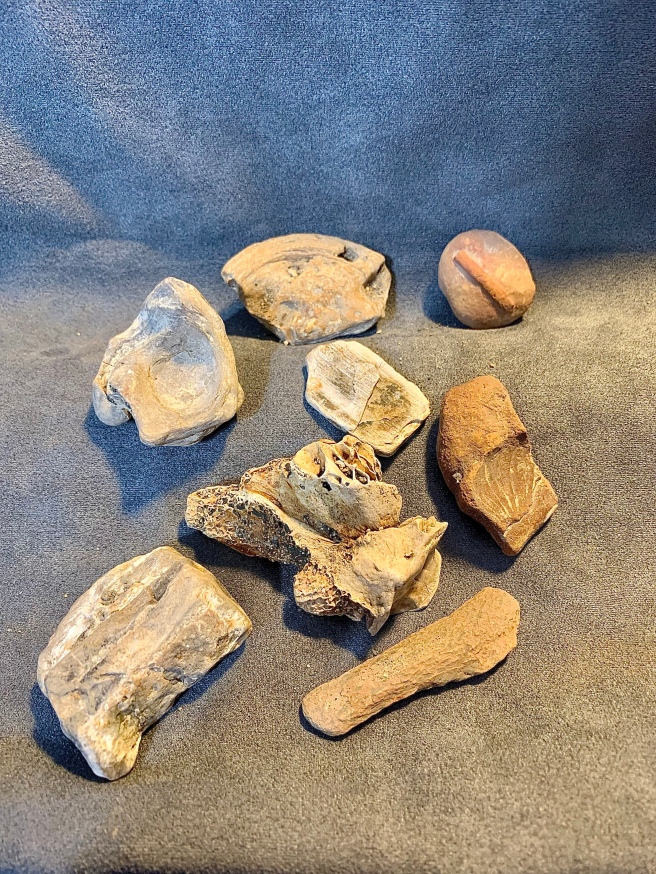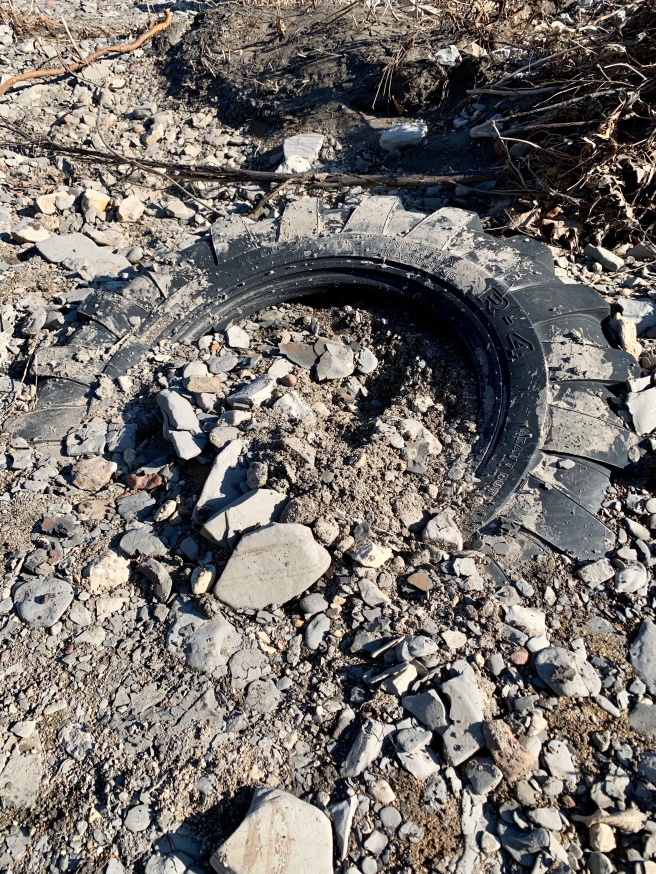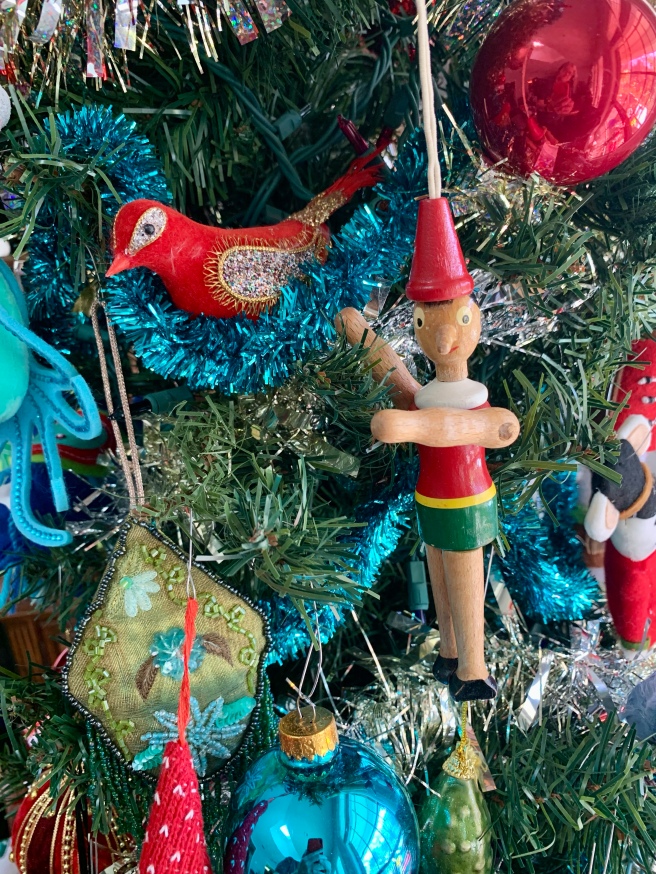
I’m sharing a little story that I originally posted on Medium a couple of years ago. It’s a cautionary tale about having too much curiosity about the presents under the tree. Merry Christmas and Happy Holidays!
Do not Open Until
They were the ugliest ornaments he’d ever seen. “Are these supposed to be nutcrackers?” Adam held up one of the little carved wooden soldiers. Instead of the bright red of the traditional nutcracker, this one had a coat painted a dull maroon, the shade of an old scab. A scraggly beard adorned his face, as though the fellow had been on the run, without time to shave.
“They’re Santa’s soldiers.” Luanne, Adam’s girlfriend, grabbed hold of his wrist and scooped the figurine from his grasp. “This one’s Tom Toss. See, he has a little spear.
The soldier carried a long stick with a sharpened metal point. The glow from the living room fireplace glinted off the tip of the weapon. Too sharp, Adam thought, for something that children might handle.
“Santa’s soldiers?”
“Yes,” Luanne answered, “they guard the tree on Christmas Eve, to make sure no one snoops at the presents.” She gave him a pointed look, as though she suspected he’d be down here in the deep night, shaking boxes and disrupting the wrapping paper.
“A Christmas tradition, then.” Adam chuckled, hoping his laughter would cover up the disgust he felt looking at the ornaments. There were three more in the gold-foiled box. The remaining figures rested on a cushion of cotton, white like snow. Like the one with the spear, they all wore tall black hats and held their wooden arms stiffly at their sides. Luanne hung Tom Toss on the tree, then handed the box to Adam.
“I’ve had this one since I was a child. My grandmother gave him to me.” She lifted a chunky, round-bellied soldier to the Christmas tree. He carried a sledge hammer tucked under his arm. His coat was colored a mottled green, like camouflage. “Adam, meet Knockabout,” Luanne said.
“And this one?” Adam leaned over the box and brushed his finger across the face of a figure dressed in yellow. Unlike its square-jawed companions, this one had a pointed chin. The mouth gaped open, displaying rows of sharp teeth. “Ow!” Adam drew back his hand. A drop of blood welled up on his fingertip.
“Careful, that one’s Biter.” Luanne laughed. “And this one’s my favorite. He’s Pow Pow Boy.” This toy soldier was shorter than the others. His face, with its pug-nose and dots of paint to resemble freckles, resembled Luanne’s. A pair of boxing gloves covered his fists.
Adam, squeezing his injured finger, studied the tree as Luanne finished decorating. The four soldiers, posted at different points among the branches, glared from amongst the twinkling lights and silver garland.
“Remember, no peeking!” Luanne shook her finger at him. She wore a smile, but the past year of experience with the woman had taught Adam this was only the appearance of joviality. His girlfriend was dead serious about the snooping.
“Scouts honor, I’ll be nowhere near the tree tonight.” He wondered what she’d gotten him. Nothing too fancy, he hoped. Adam’s present to his girlfriend was a bottle of her favorite perfume and a gift card to the neighborhood coffee shop.
Luanne had carefully organized their Christmas celebration. Ice skating, caroling, shopping, viewing holiday lights—the whole parade of holiday events. She kept a calendar, with specific dates blocked out for each activity. The whole thing felt more like a ritual than the spontaneous enjoyment of the season.
At last they settled here, presents wrapped and fireplace blazing, in her family’s cabin. Tomorrow, Christmas Day, the rest of the clan would arrive. Luanne insisted they wait until Christmas Eve to set up the tree. On the way here, they’d driven to four different lots until they found a specimen Luanne deemed acceptable. “It has to be a Douglas Fir,” she said. “That’s what we always have.”
The sap that oozed from the cut trunk reminded Adam of bodily fluids. He considered it gruesome that this tree had only recently been a living thing, and now it was stuck here, festooned with gaudy tinsel and baubles. Like hanging ornaments on a corpse.
“Here’s to our first Christmas together.” Luanne lifted her glass of mulled wine in a toast.
Adam clinked his glass against hers. “Cheers,” he said. The first and the last, he thought. Adam planned to break up with her after Christmas, once a suitable amount of time had passed. Only an asshole would dump someone during the holidays. There was Valentine’s Day coming up in February, so he’d better make a clean split in early January.
An unfamiliar noise woke Adam in the middle of the night. Luanne dozed beside him, her arm flung out on top of the covers, her lips puffing out with each soft breath. He eased from the bed and listened for the sound. He heard it again, from the living room, a rustle and tap as though someone were knocking on the window.
Easing from the bed, he crept out of the room. They’d left the lights on the tree plugged in, and the living room lit up in flashes of red, blue, green. Outside, the wind buffeted the shrubbery lined across the front of the cabin. Adam peered out the window, his breath misting the cold glass. A branch skittered against the window, and Adam muttered, “That must have been it,” as he rubbed his palm to clear his view of the front porch.
A dark form lifted from the pines at the edge of the clearing. It floated over the cabin, the moonlight casting an ink-stain shadow on the snow. Adam started, before deciding the dark thing was an owl, hunting for dinner. He stepped back, forgetting the tree and the presents behind him.
One foot knocked over a stack of gifts wrapped in red and white striped paper, and as he bent to grab the pile, he elbowed the tree. The ornaments jingled and one of the nutcracker soldiers fell to the hardwood floor with a clack. This would have been bad enough, but Adam, unbalanced, stepped on the little figure.
“Oh! Crap!” He picked up the soldier and hung it back on the tree. The figure’s arm, the one securing the hammer, lay broken next to a package wrapped in green paper dotted with penguins. Had he been wearing shoes, the damage would have been worse. In the morning he’d confess to Luanne and offer to glue the arm back in place.
“I’m sorry, Knockabout,” Adam whispered. “We’ll have you right as rain soon.”
As he rearranged the gifts under the tree, he tried to remember the exact placement of each box. Maybe if he put them all back like they were before, Luanne wouldn’t notice the broken arm until later. He could blame her little brother, or maybe they’d bring the family dog, always a convenient scapegoat.
The last box was covered in white paper with glitter stars. The tag read “To Adam, From Luanne.” After he listened to make sure his girlfriend still slept, he picked up the box and shook it. Something shifted lightly inside. It was slightly larger than a paperback book, long and thin. Maybe it held the Patek Philippe watch he’d been lusting after. Adam felt a brief pang of guilt. If it was the watch, he’d have to stick around through Valentine’s Day at least. He tucked the package back under the tree.
Thirsty, he stopped in the kitchen for a quick drink before climbing back into bed. He was standing at the sink, a tumbler of water lifted to his mouth, when he felt a sharp stab on his ankle.
“Hey!” Adam shook his foot. A tiny mark, like a pinprick, leaked a bit of red down the side of his foot. Something small and dark scurried behind the kitchen door. A rat? He grabbed the door and flung it closed. Tom Toss, the toy soldier with the spear, stood there, only this time he wasn’t carrying the weapon.
“What the…!” Adam jumped. The soldier dashed past him, back to the living room. Adam turned to follow – certain he hallucinated the image. It had to be a rat, one that ran around on two legs. He’d check the tree, make sure all the ornaments were still there.
Adam made it halfway across the living room floor when Biter latched onto his calf. With a scream, Adam beat at the nutcracker until it fell away, tearing off a chunk of flesh as it went. Panting, Adam limped toward the bedroom. He’d lock himself inside, away from these monsters.
When he started down the hallway, a tall shadow rose to block the path. It was the one-armed Knockabout, a seriously pissed Knockabout, who had grown somehow, until the top of his black hat brushed the ceiling. He raised his hammer and Adam turned to race back down the hall.
He bounced against the walls, Knockabout’s thundering steps at his heels. The kitchen! He’d run into the kitchen where there were knives and things he might use as weapons. Adam spun around the corner and ran smack into Pow Pow Boy.
“No!” He collided with the toy soldier, now the size of a small boy. They fell in a tangle of arms and legs. Adam struggled to his feet as the boxer landed a glancing blow to his side. “Oof!” Adam lost his breath with a gasp. He crawled into the kitchen. Where were the knives? Frantic, Adam yanked open drawers, sending the contents clashing and crashing to the floor. At last, his hand closed around the hilt of a sturdy butcher knife.
“All right, you bastards,” he called, waving the knife. Pow Pow Boy appeared in the doorway and stood there, gloved fists lowered. Biter and Tom Toss, grown to the size of cocker spaniels, tip-tapped up behind the boxer. Where was Knockabout? And where was Luanne? Surely the racket would have awakened her. Unless this was all a dream, a side effect of too much mulled wine.
“Come on then, let’s have it,” Adam said. He’d taken a step toward them when he heard the patter of bare feet approach from the hall.
“What’s all this?” Luanne clutched her robe and stood in the doorway, beside Pow Pow Boy. “What happened to poor Knockabout?”
“Those things…” Adam said, pointing with the knife. He couldn’t explain, couldn’t find the words. If he pinched himself, would he wake up at last?
“You were snooping!”
“It’s not like that.” Adam had a moment, where he wondered why Luanne was not frightened or even curious why her toy soldiers had come to life. The moment passed, Luanne nodded to the gang, and then they were upon him.
******
He woke to light streaming in through the living room window, his field of vision partly blocked by evergreen needles. Had he fallen asleep underneath the tree? Then Luanne’s face loomed into view, impossibly large.
“There now, good morning,” she said. He tried to reply, but his mouth didn’t work. His jaws clacked together uselessly. Something was wrong with his arms – they were frozen at his sides. He clutched the knife from the night before, and suddenly it all came back to him.
“I think I’ll call you Slash Dash, my new special ornament.” Luanne smiled. Adam tried to scream, his wooden jaws stretched wide as she said, “We’ll have a lovely Christmas together forever.”

